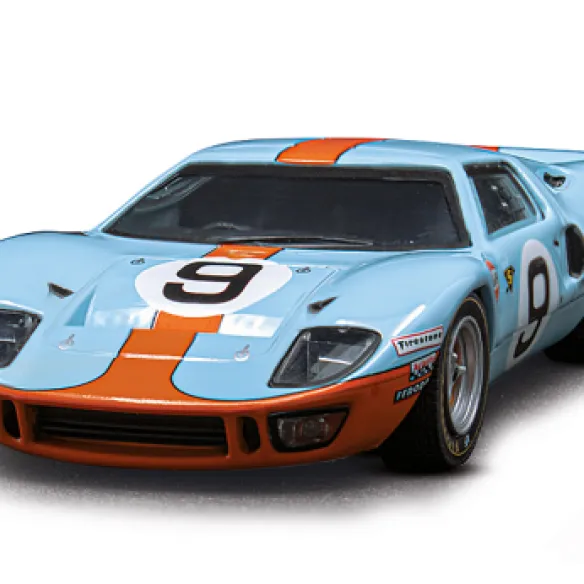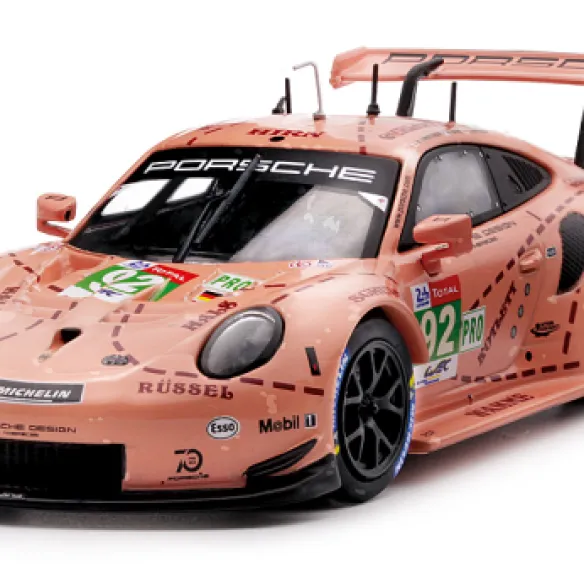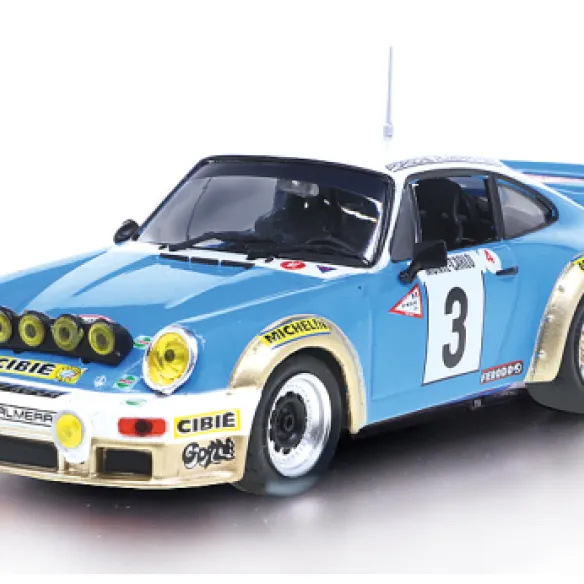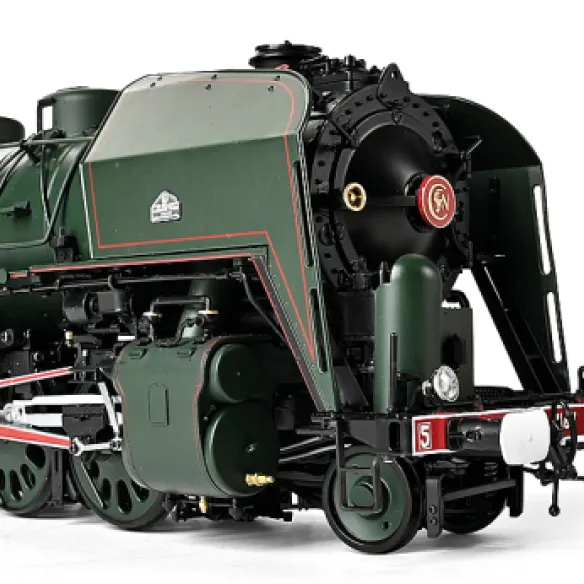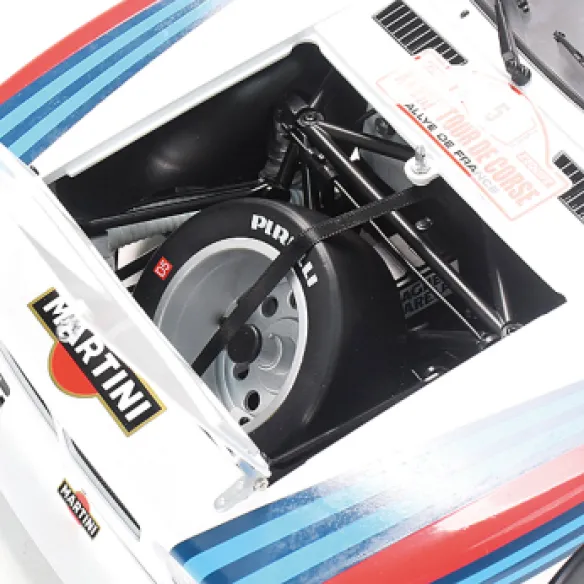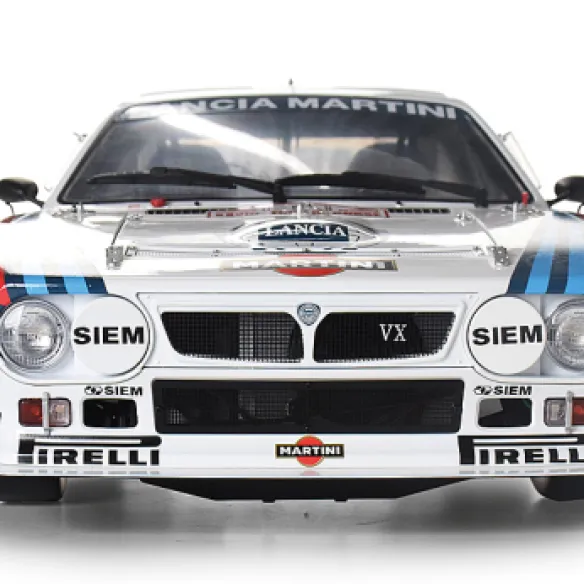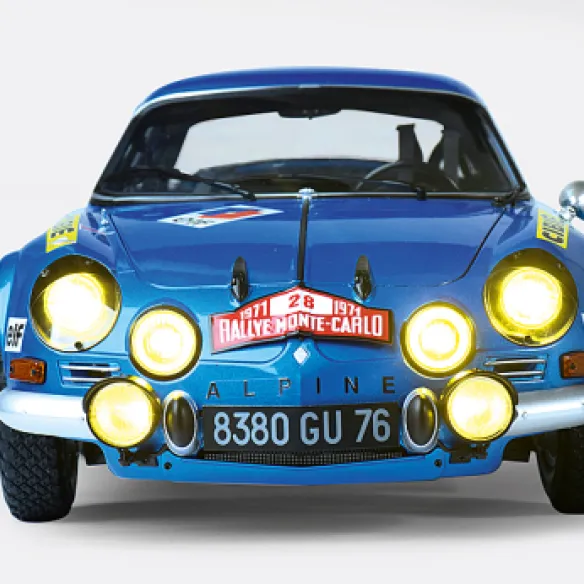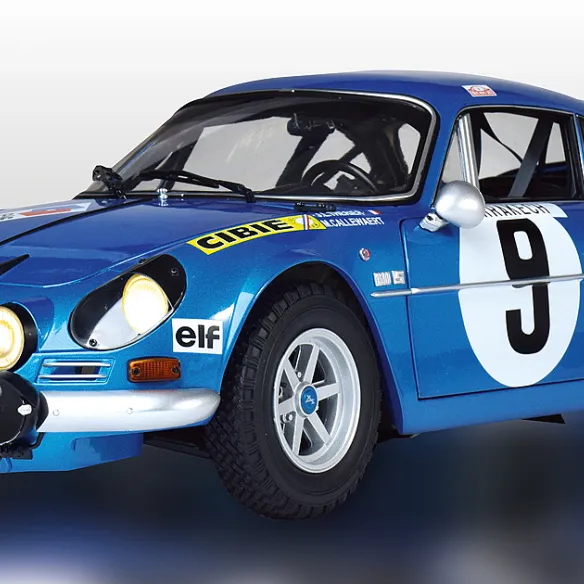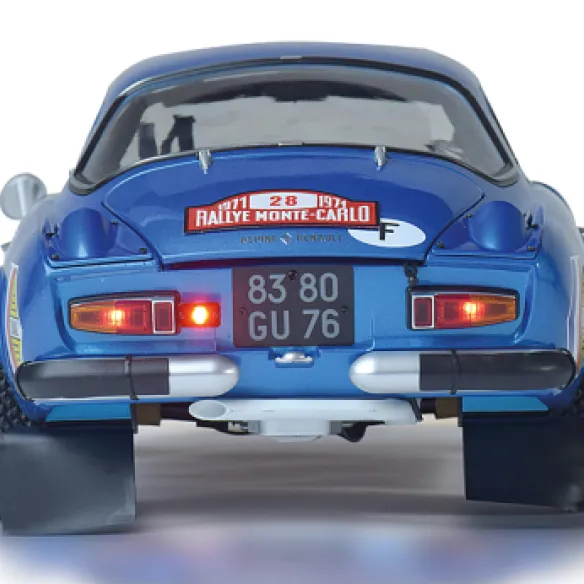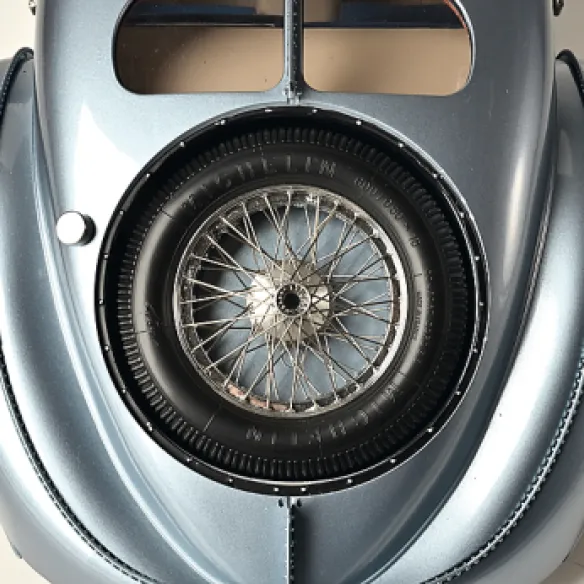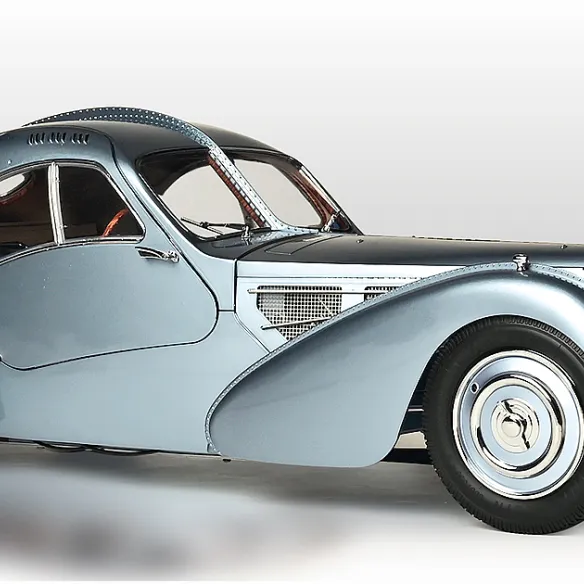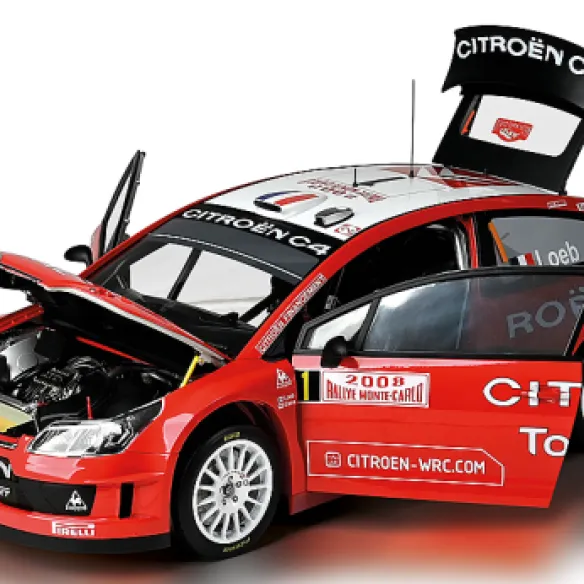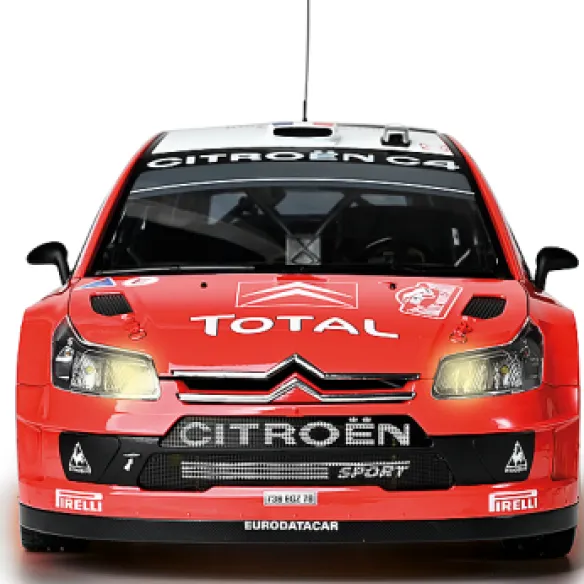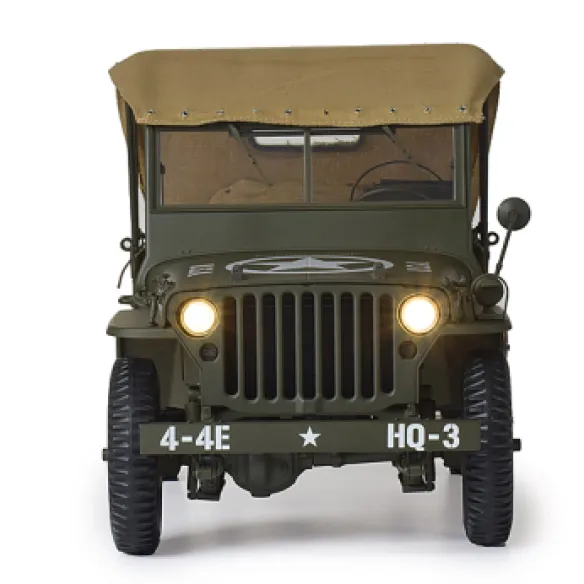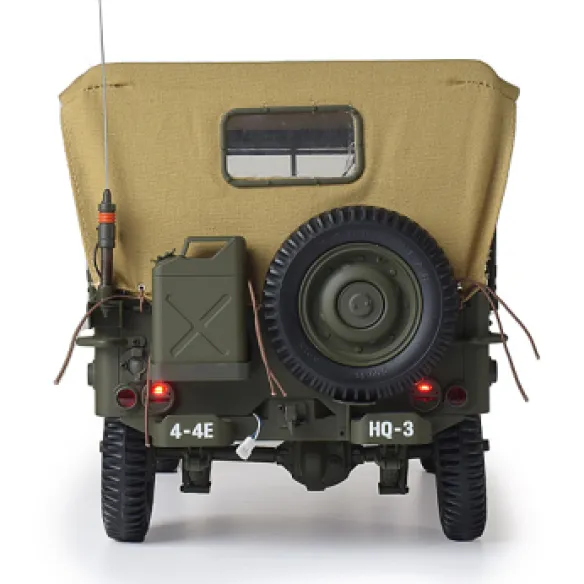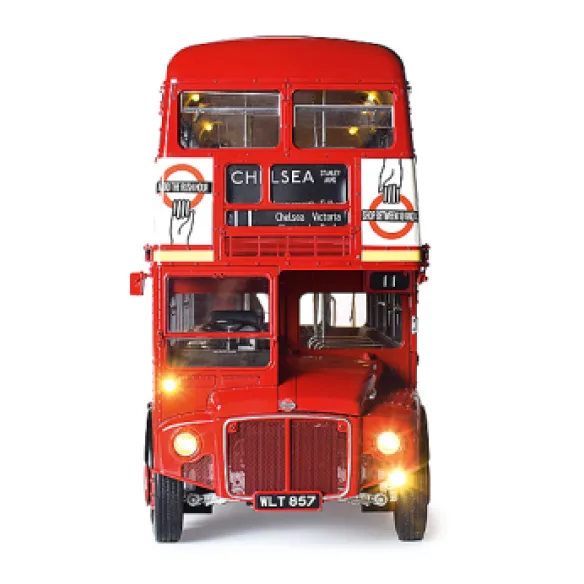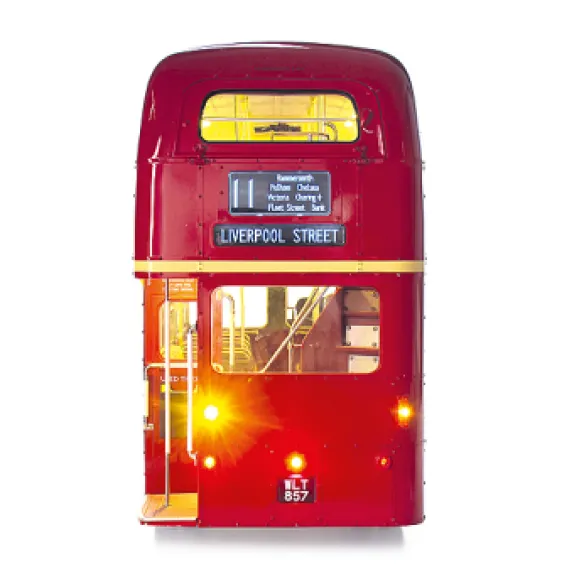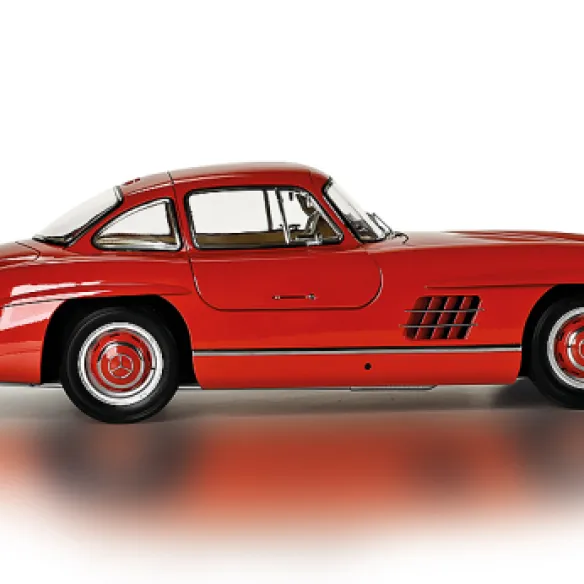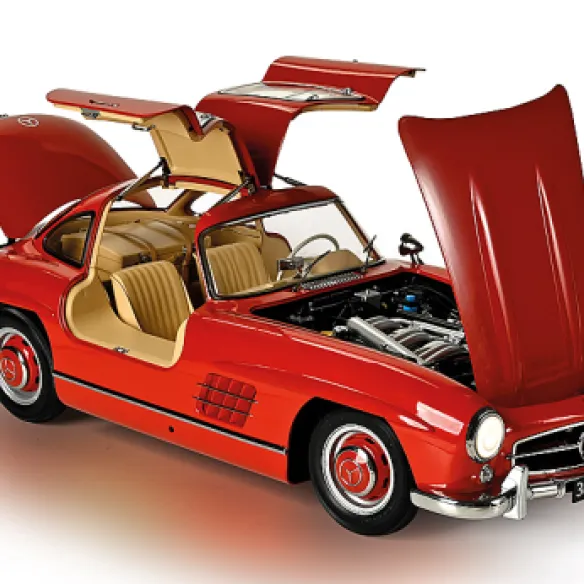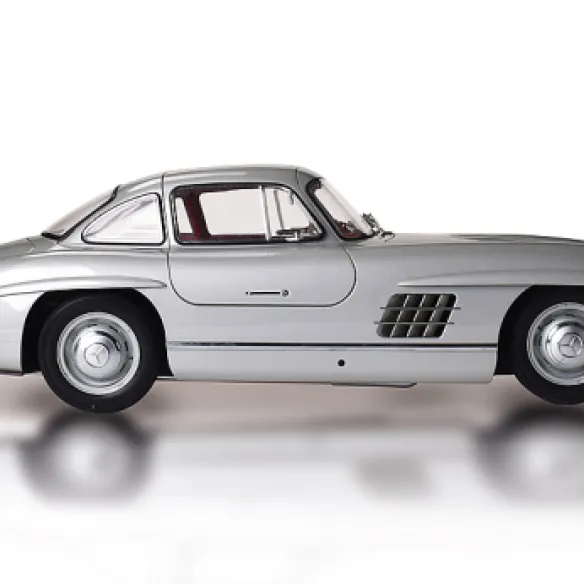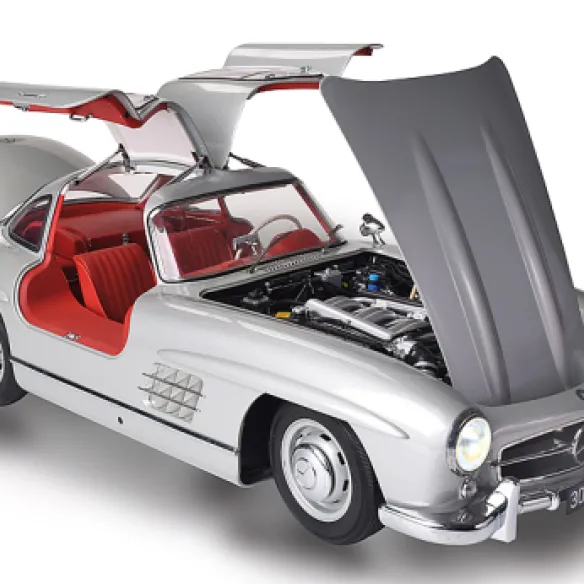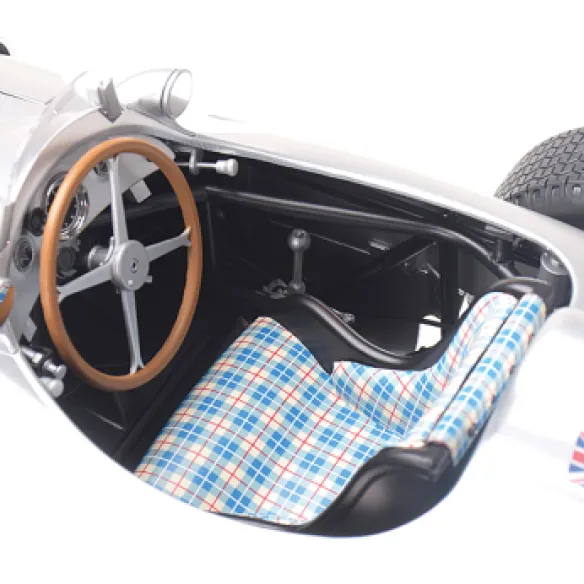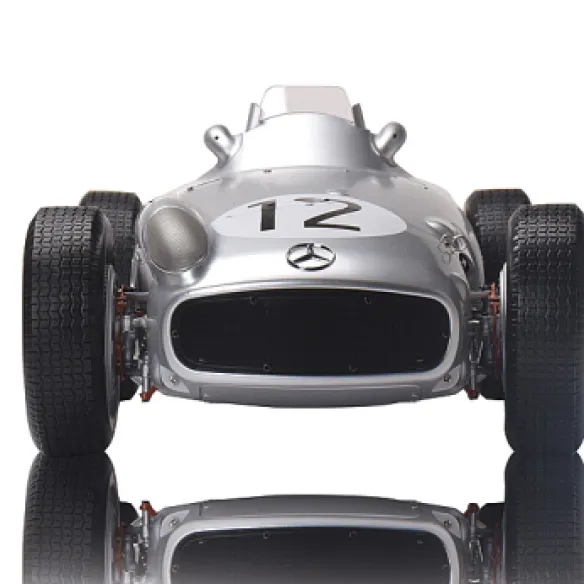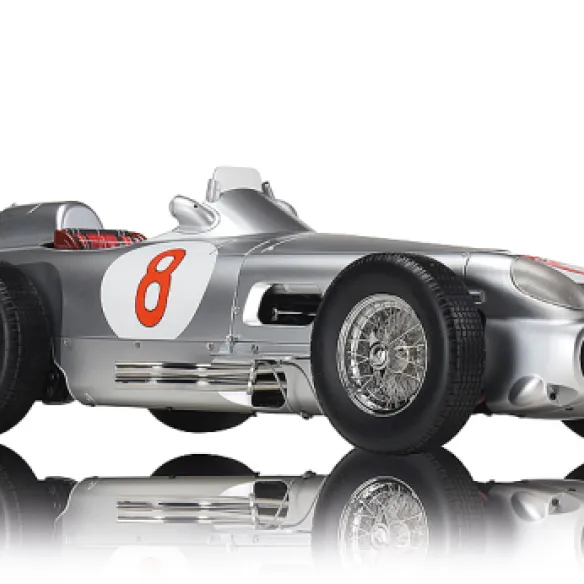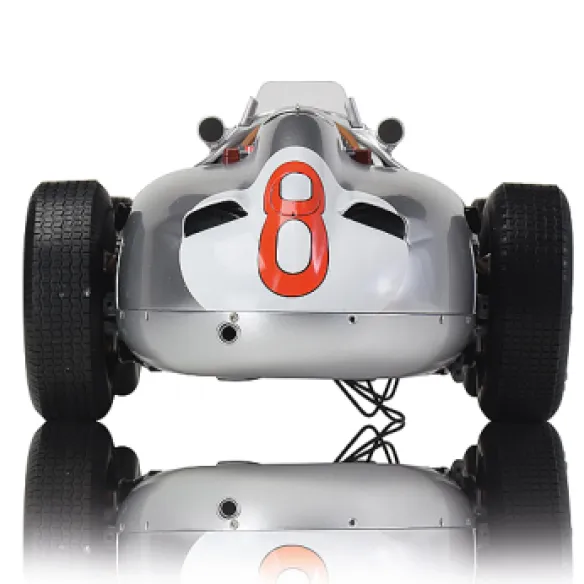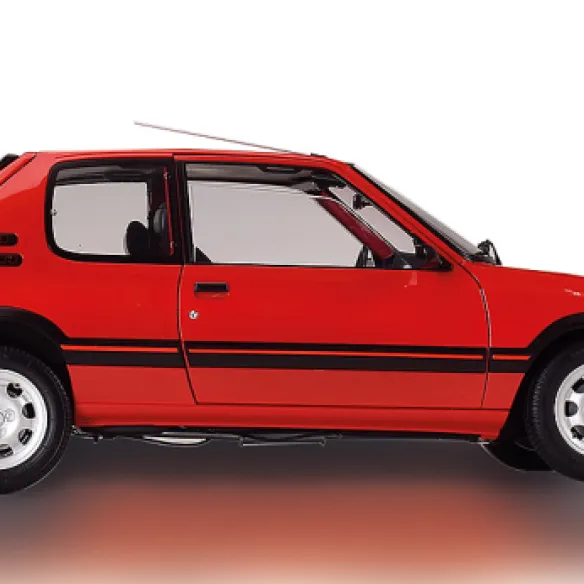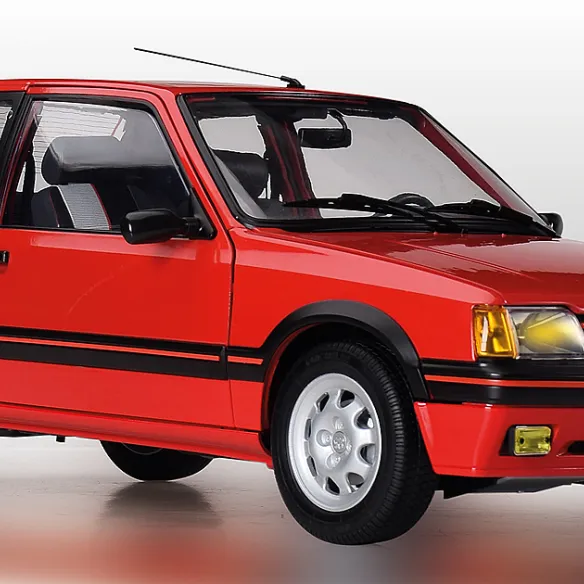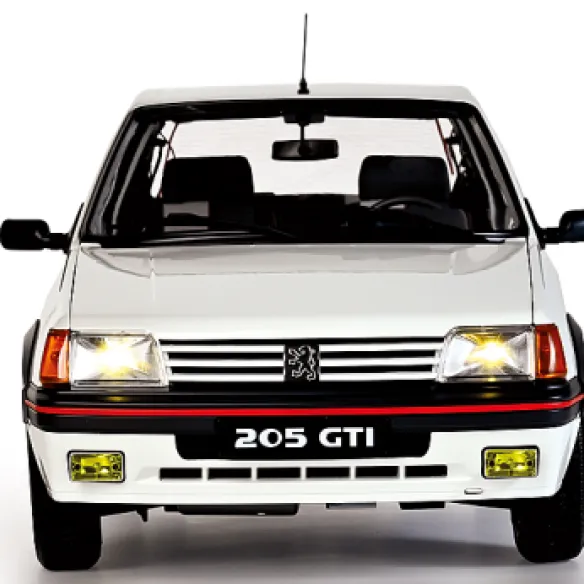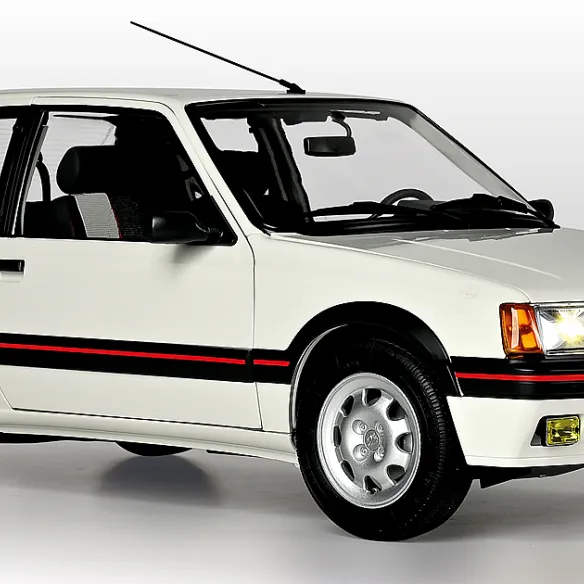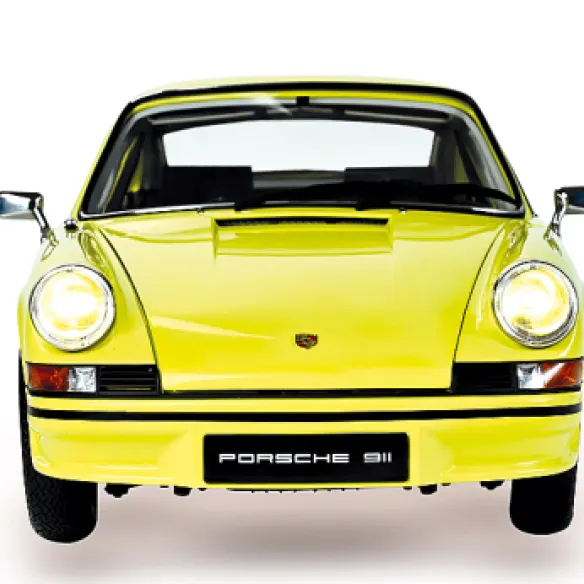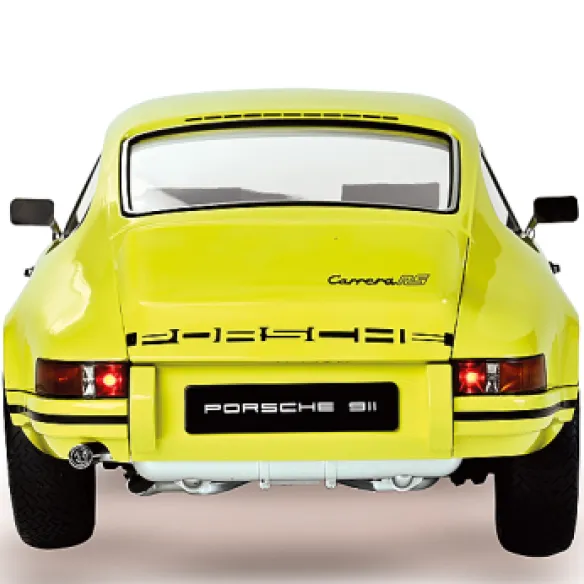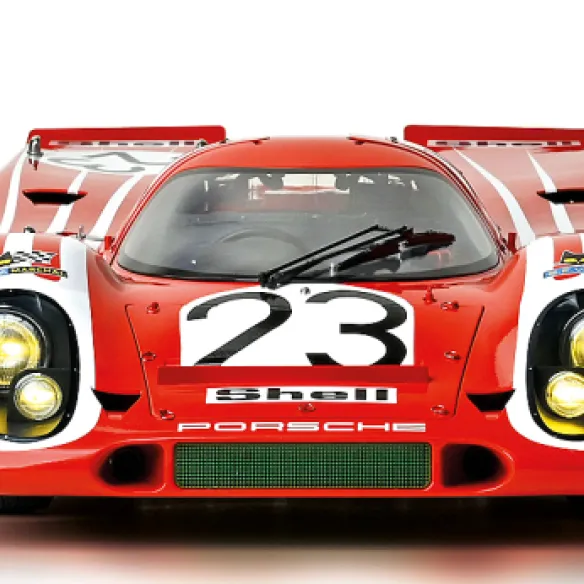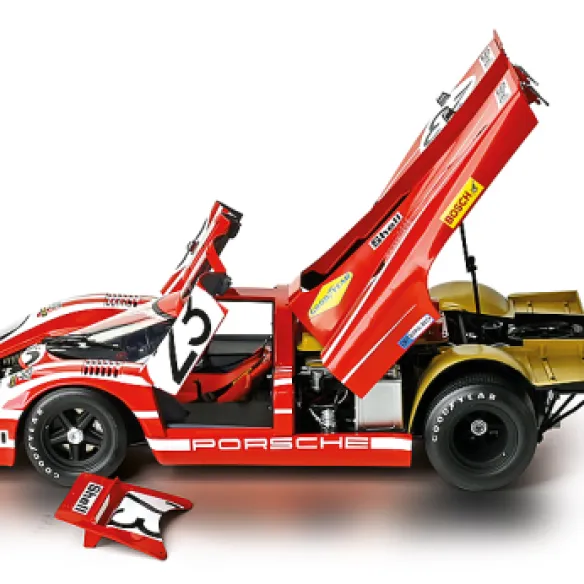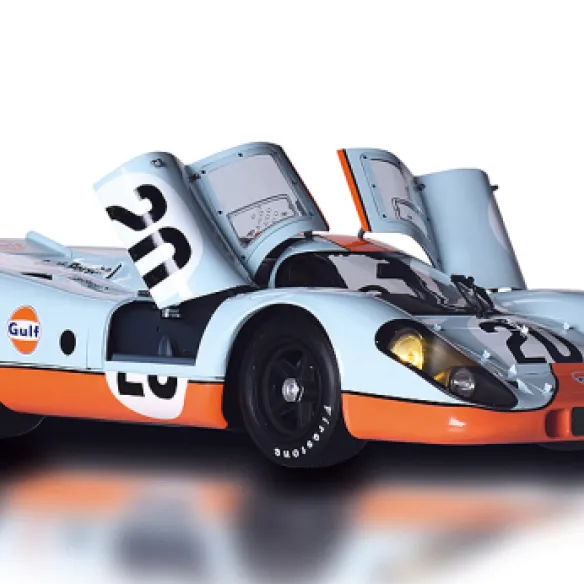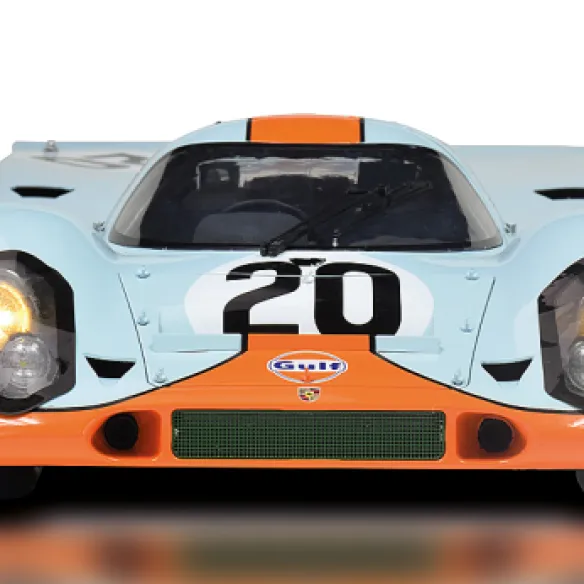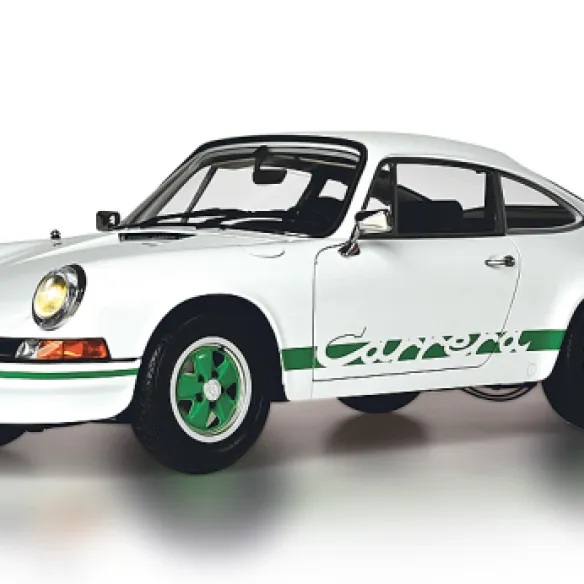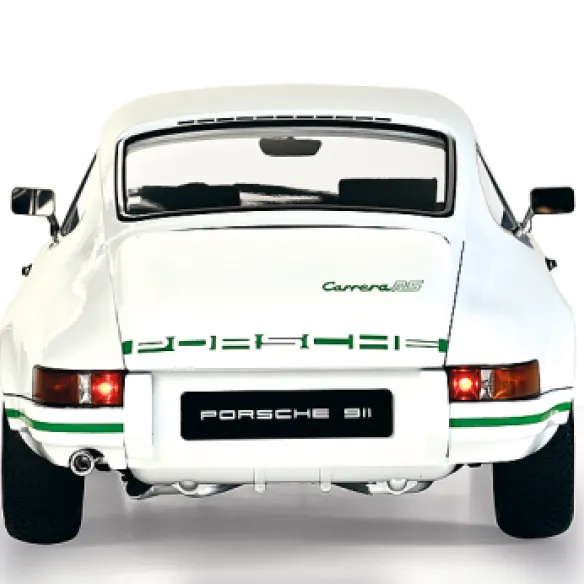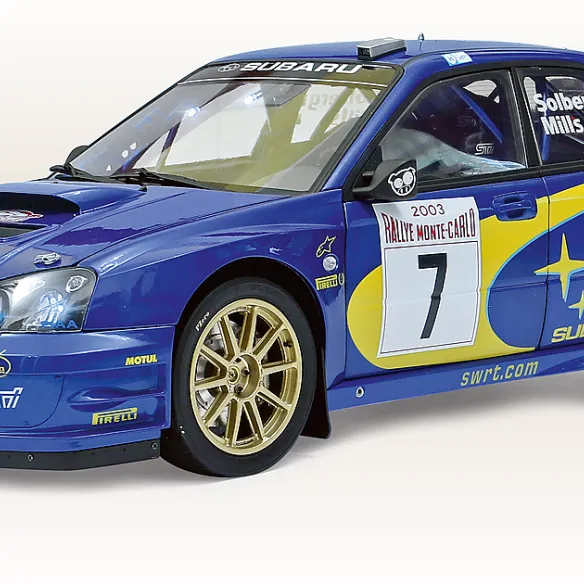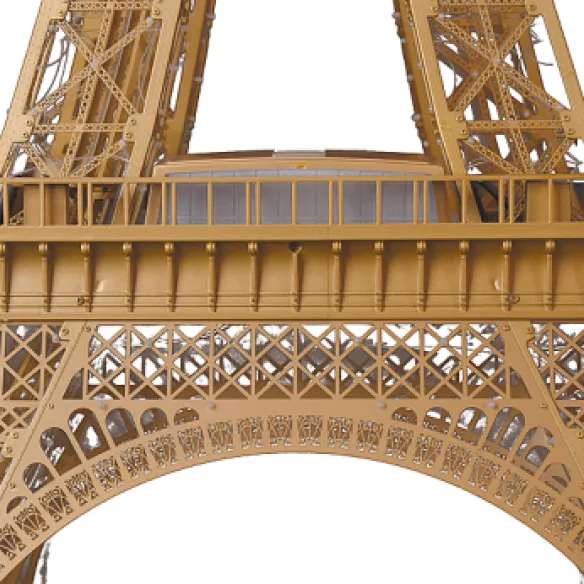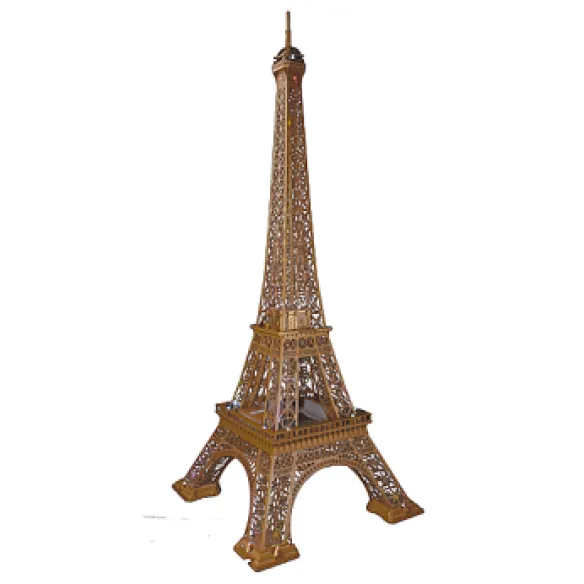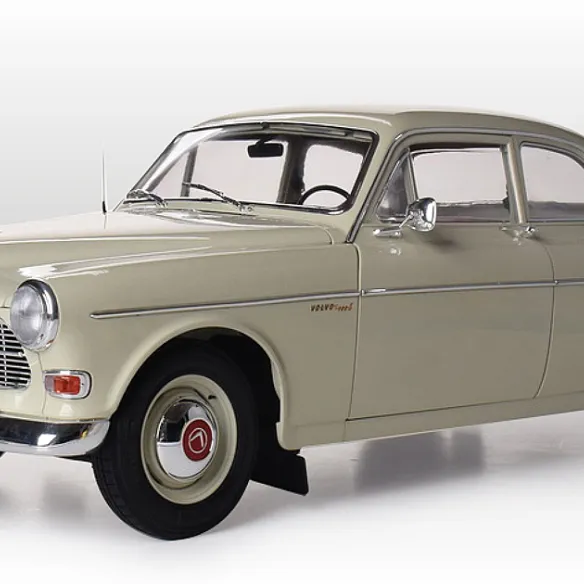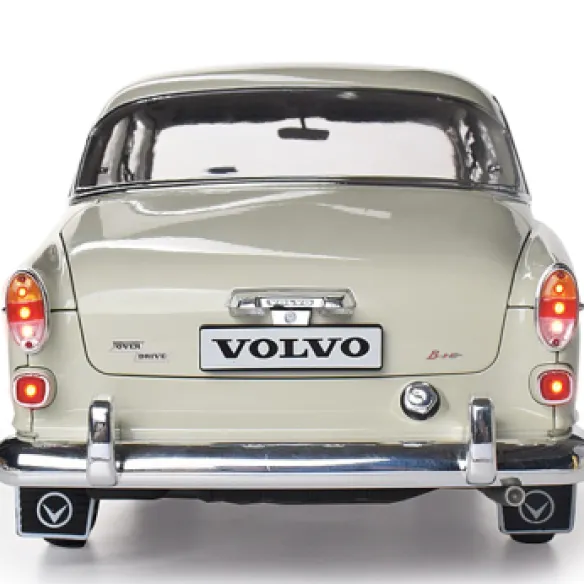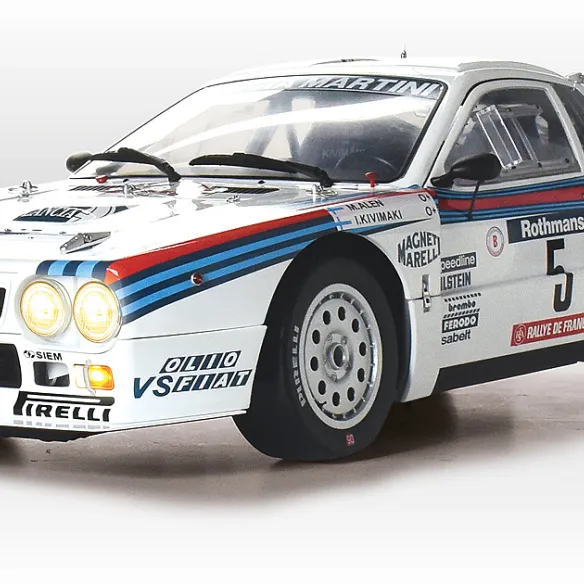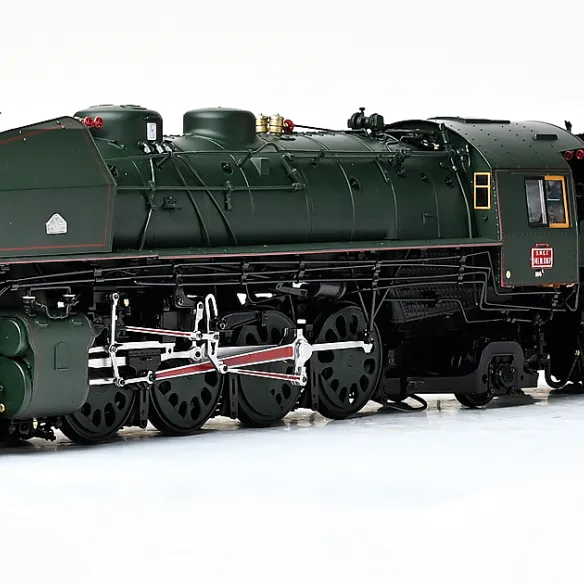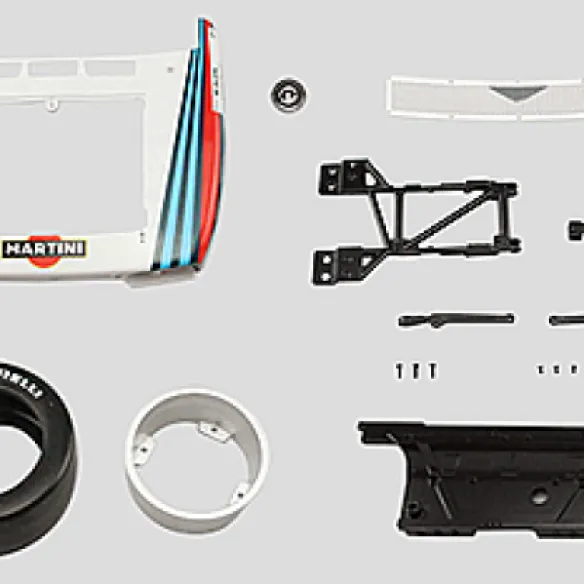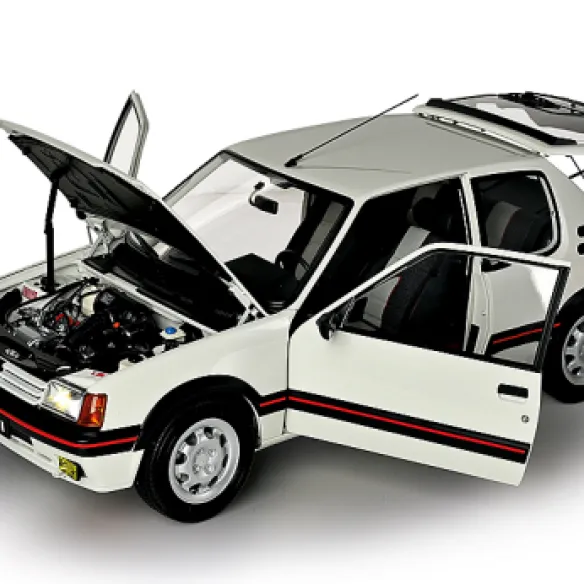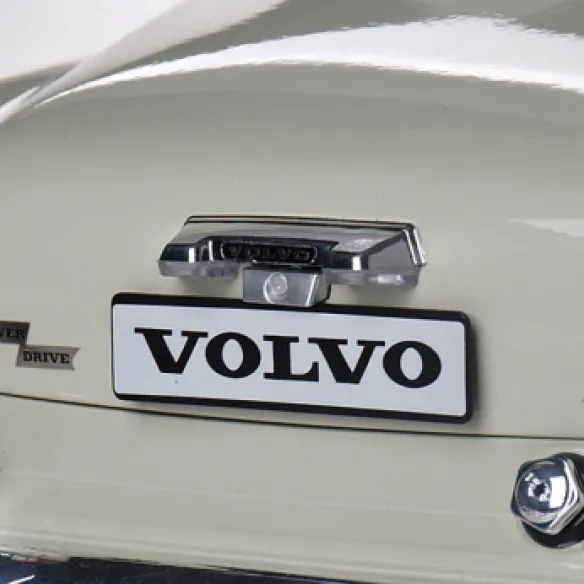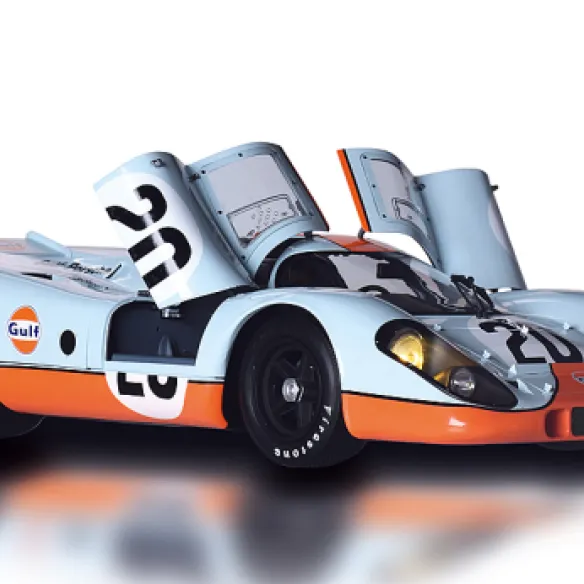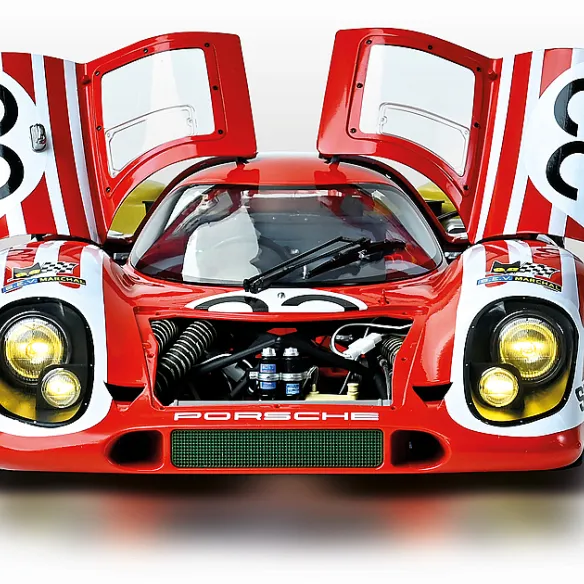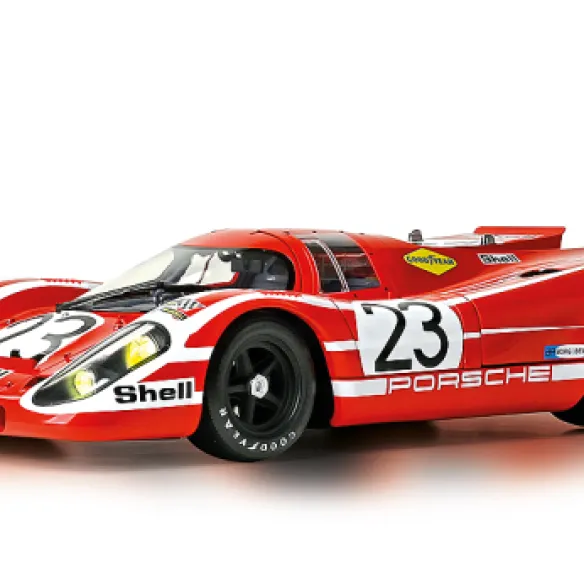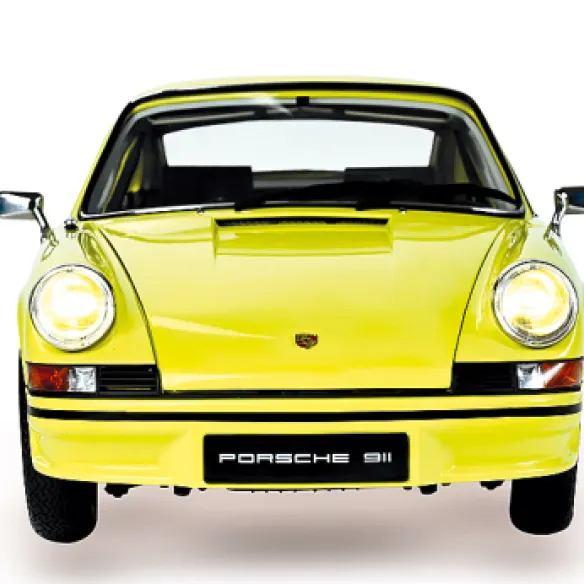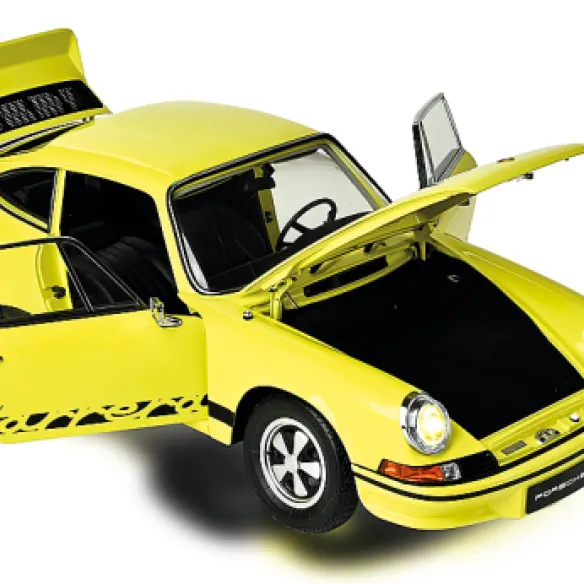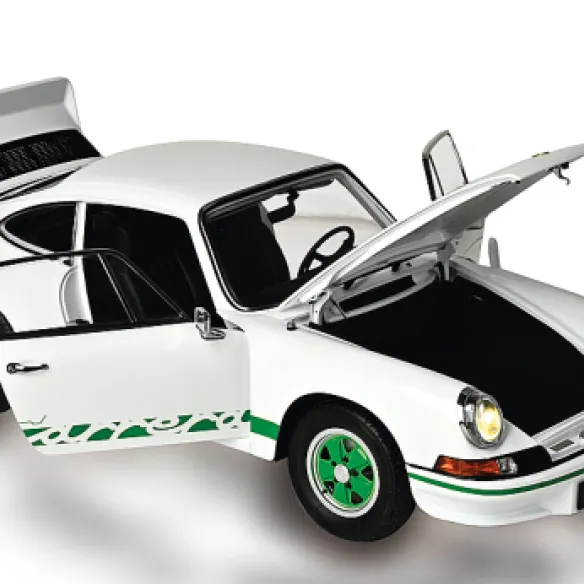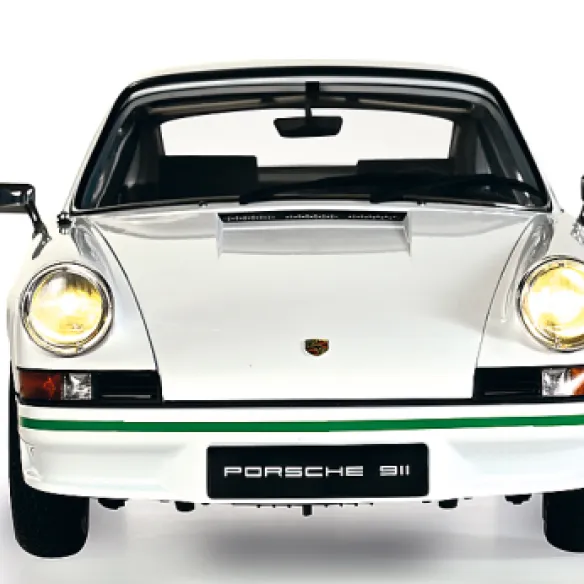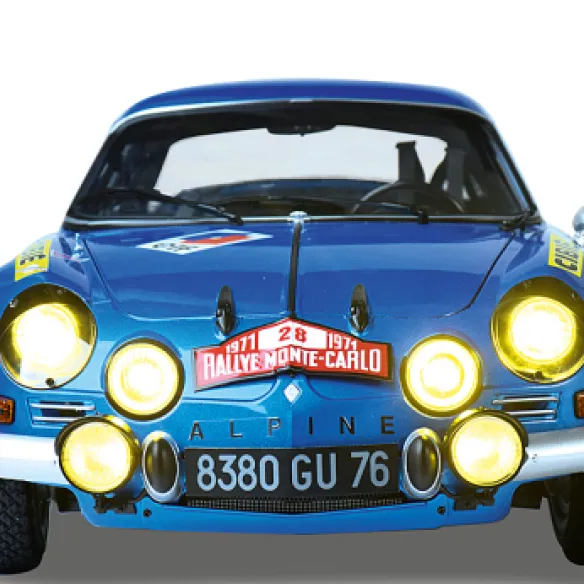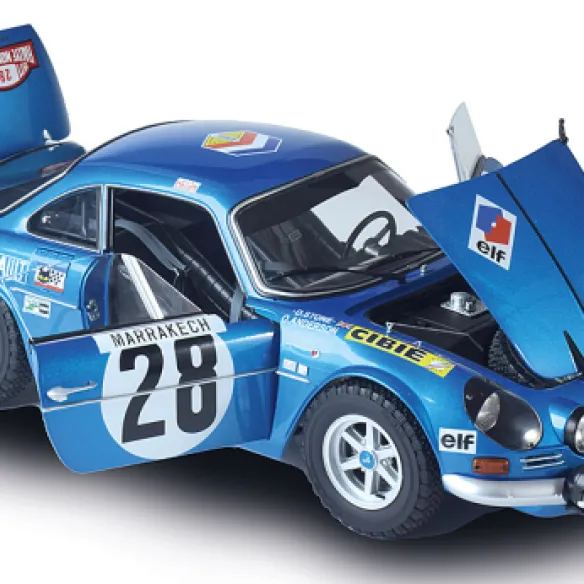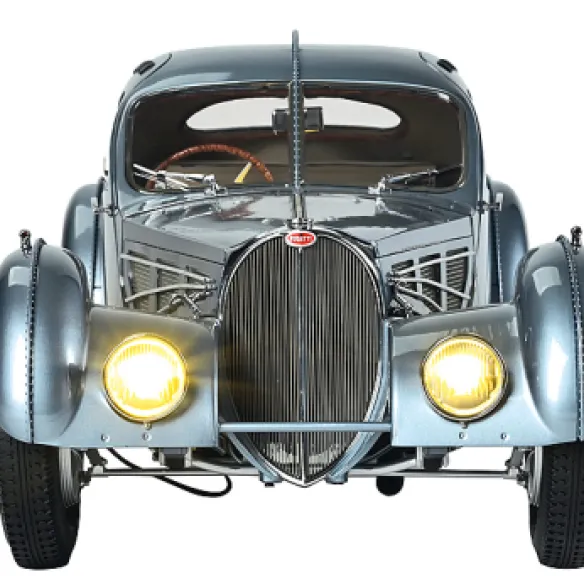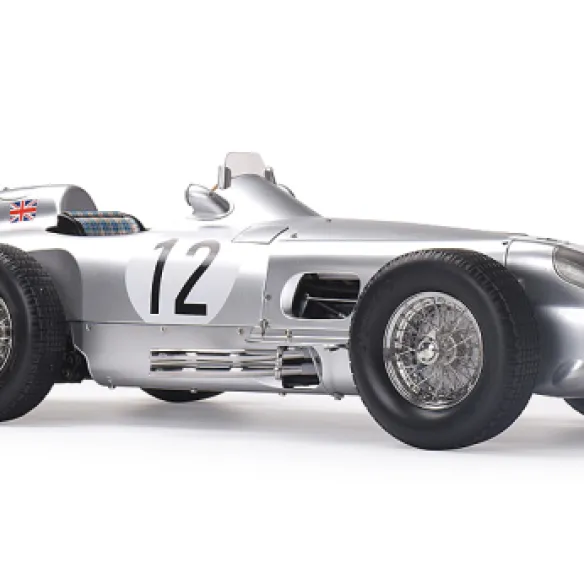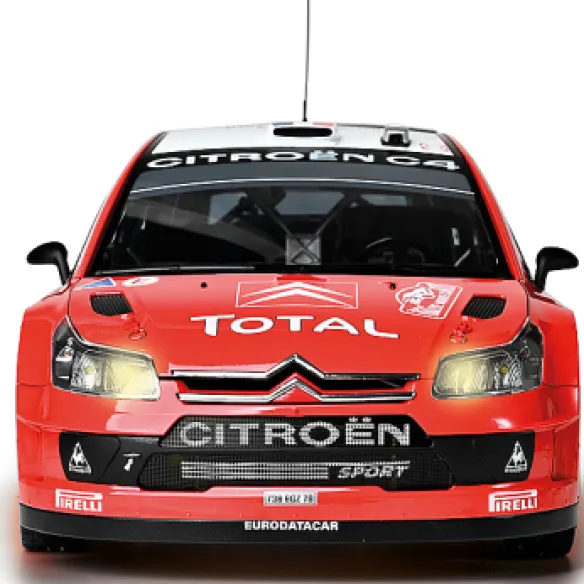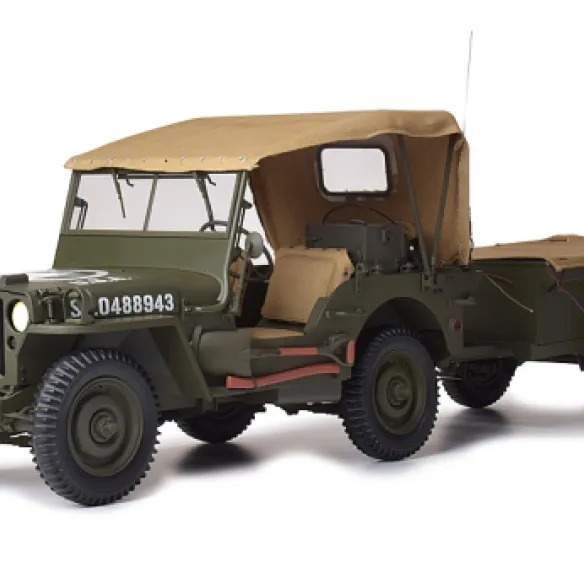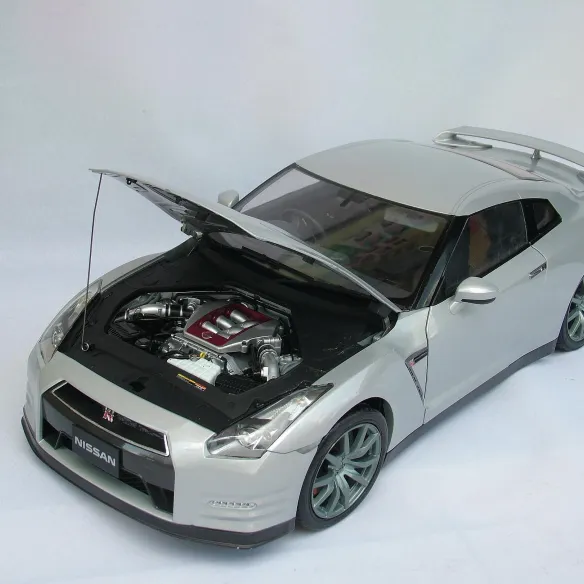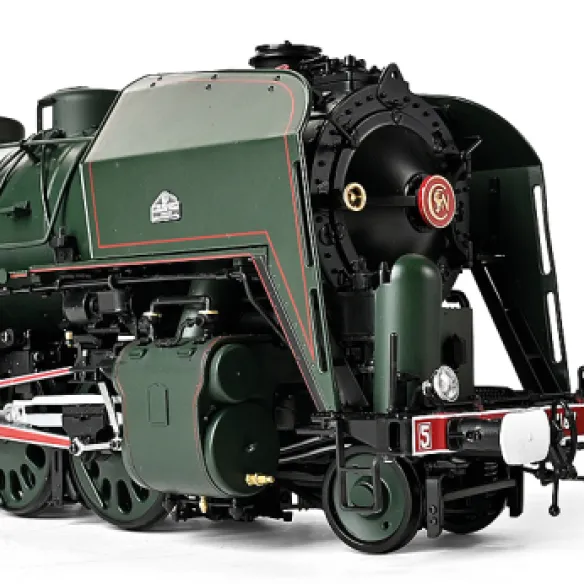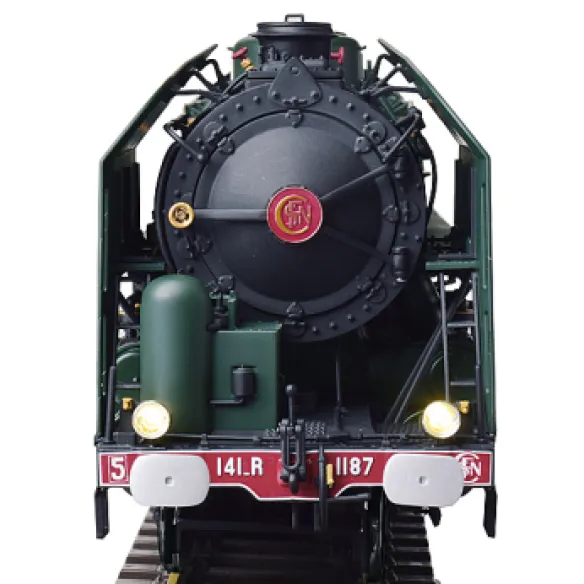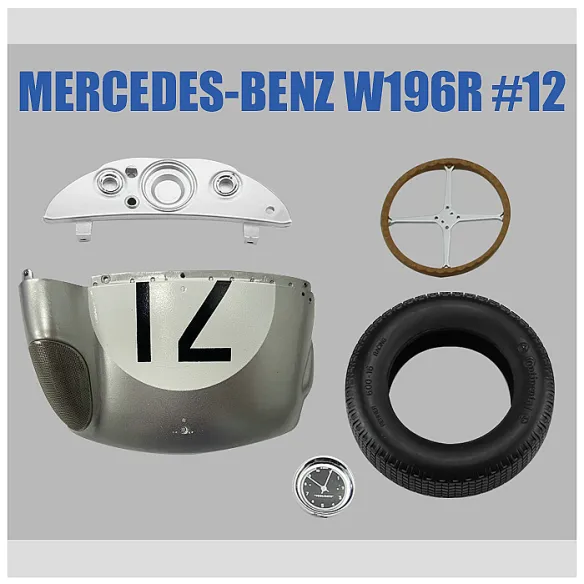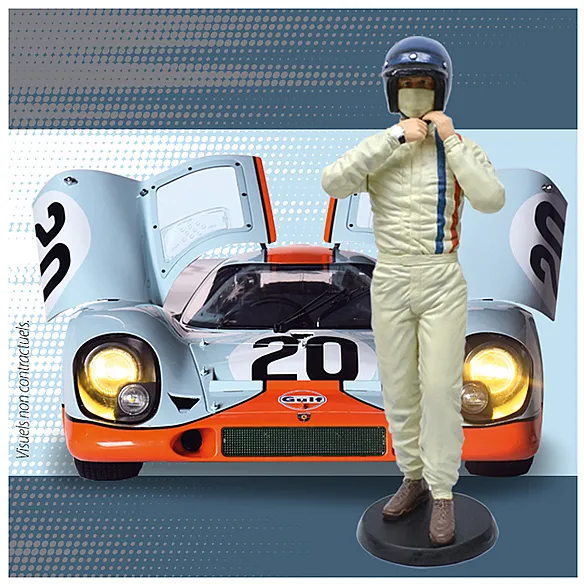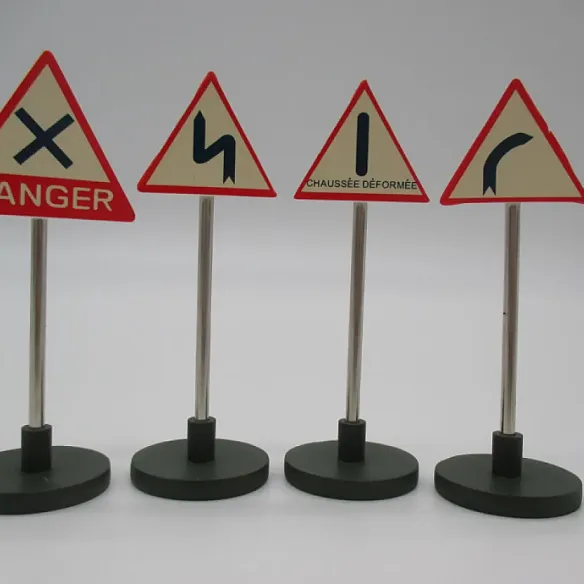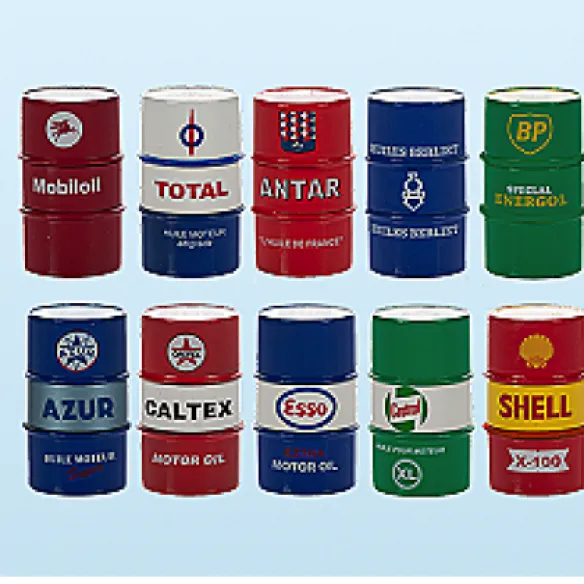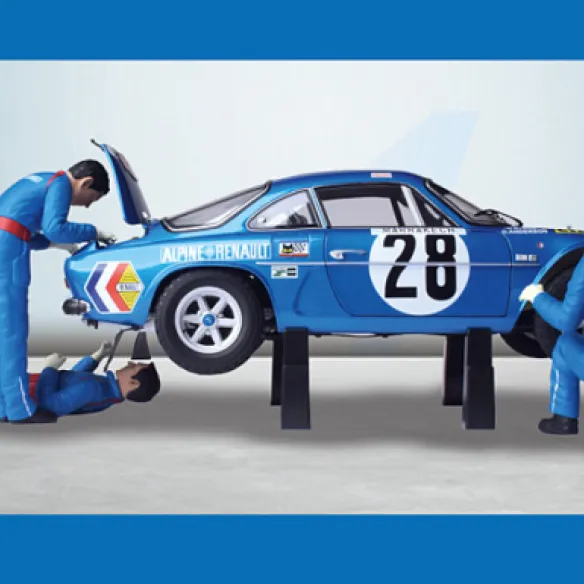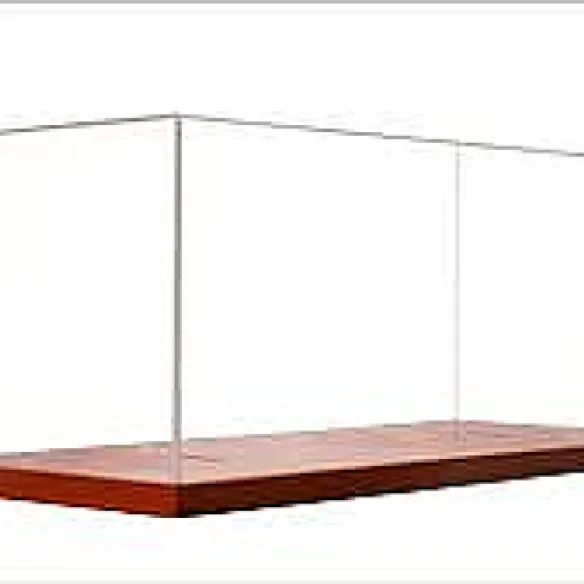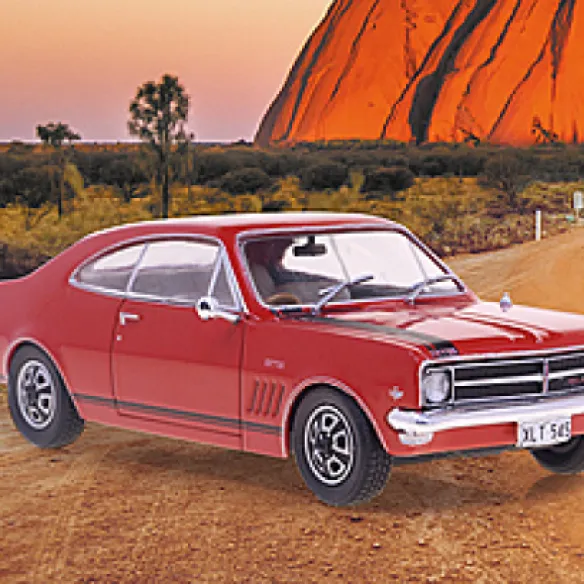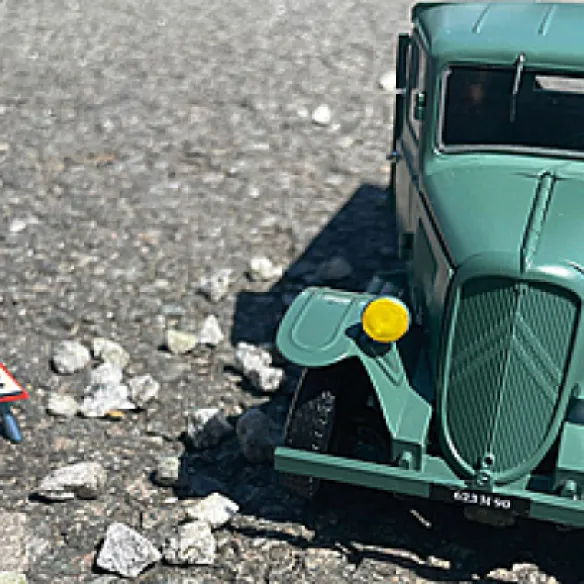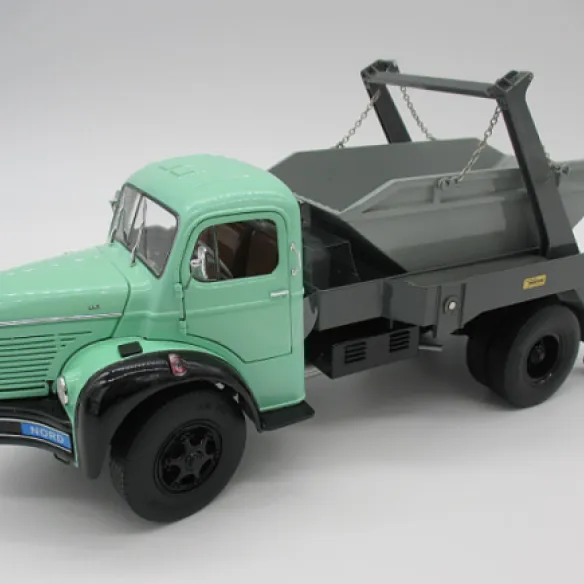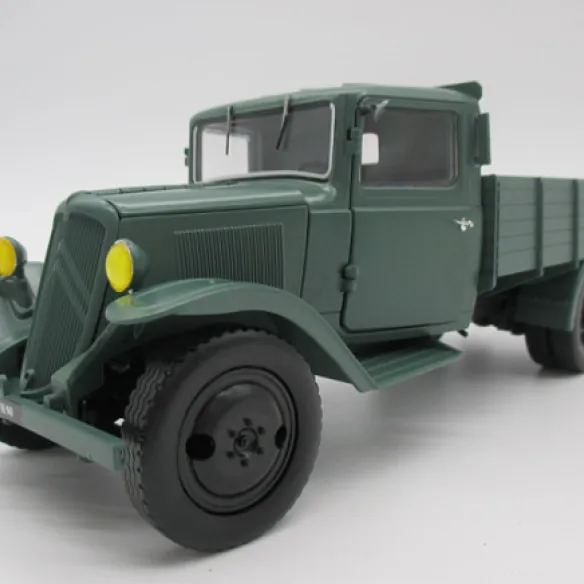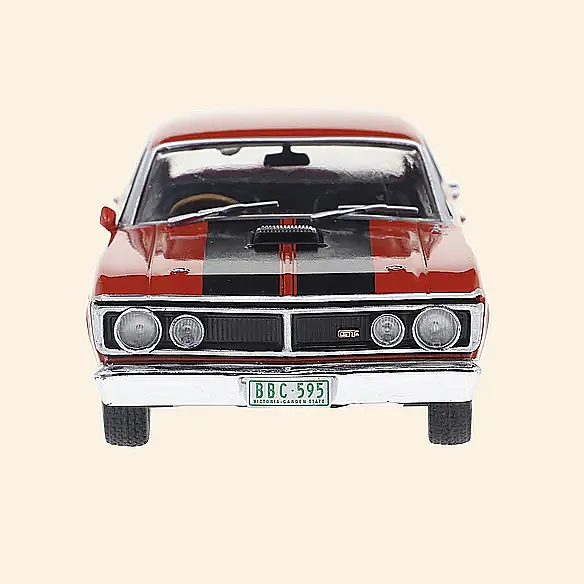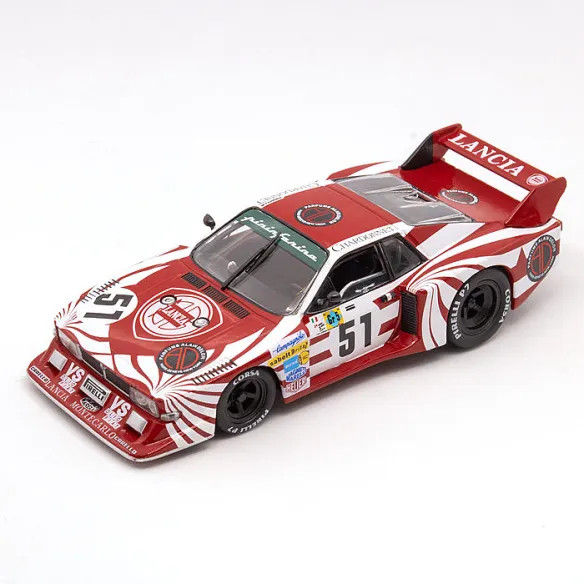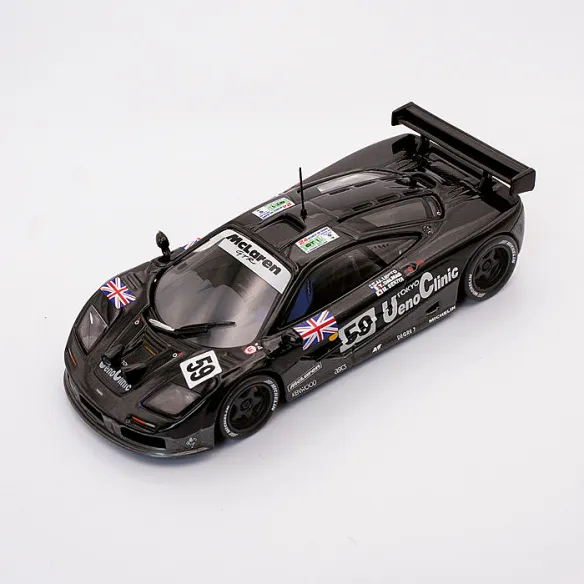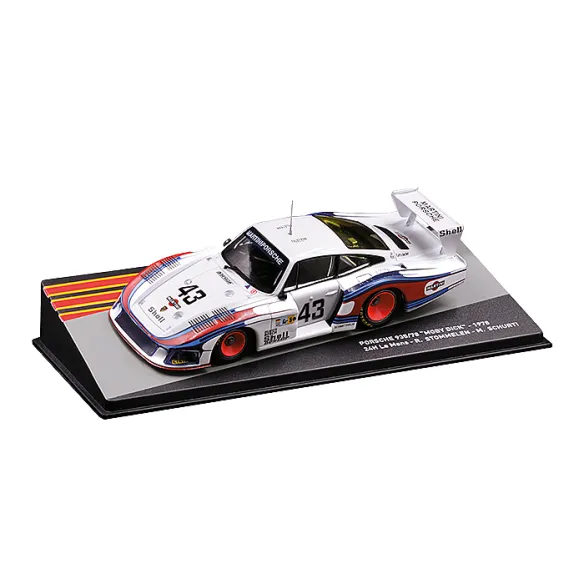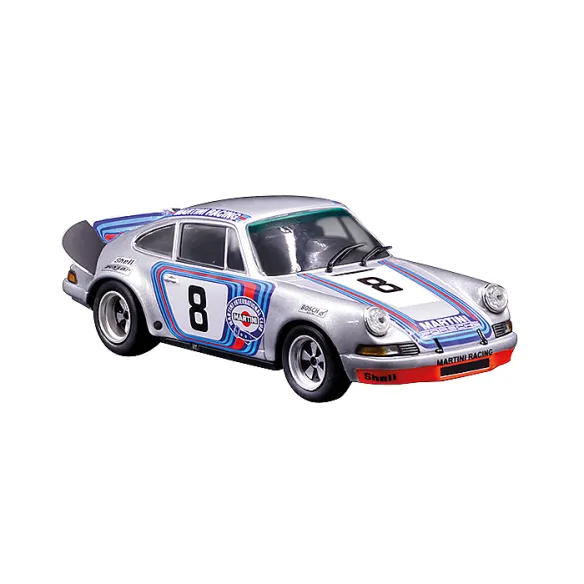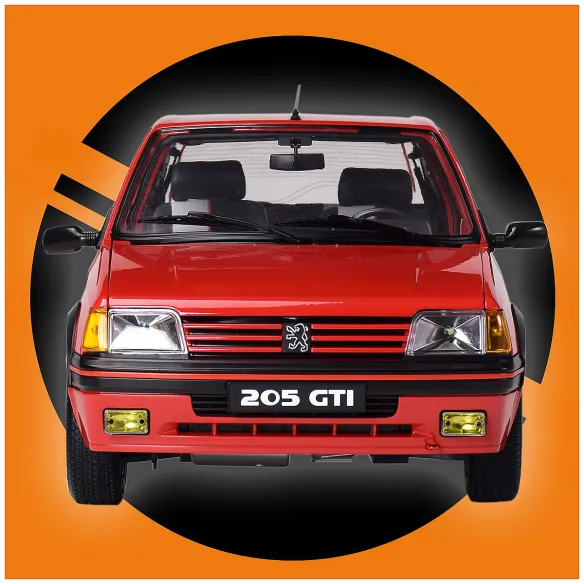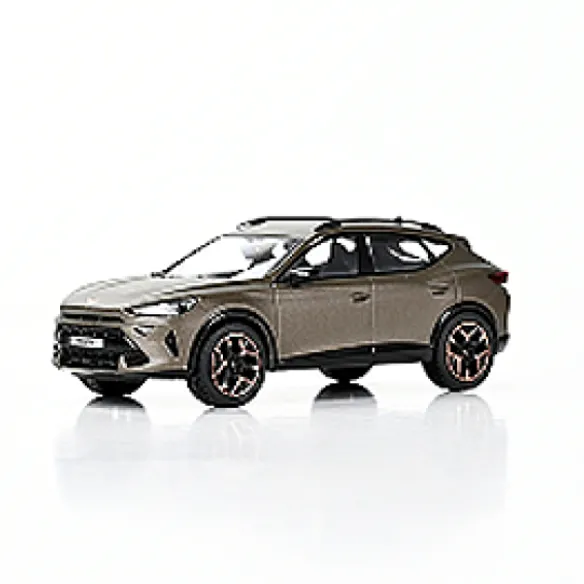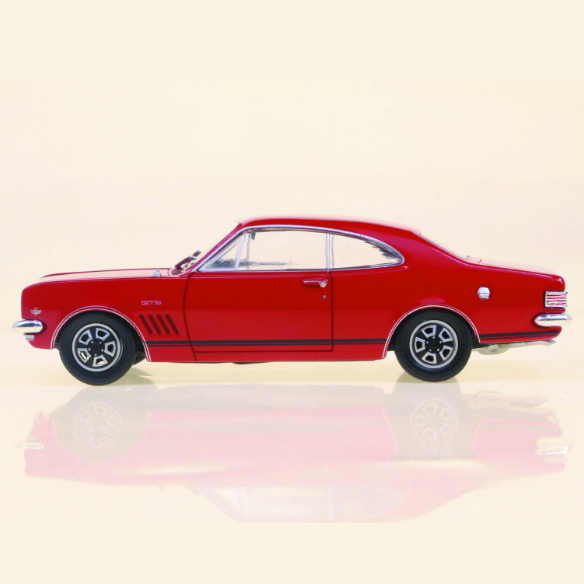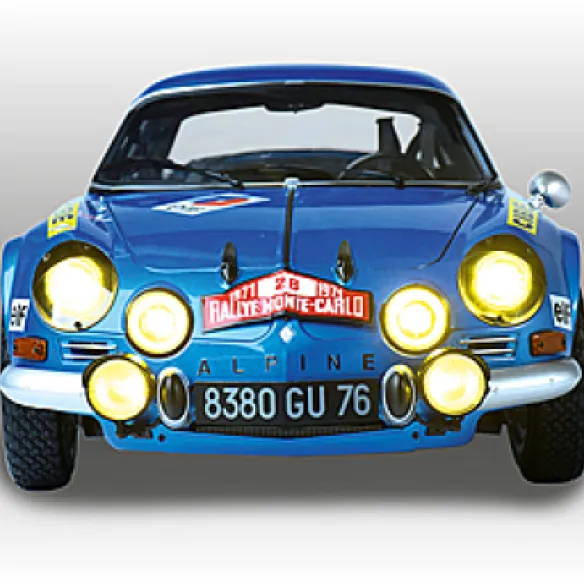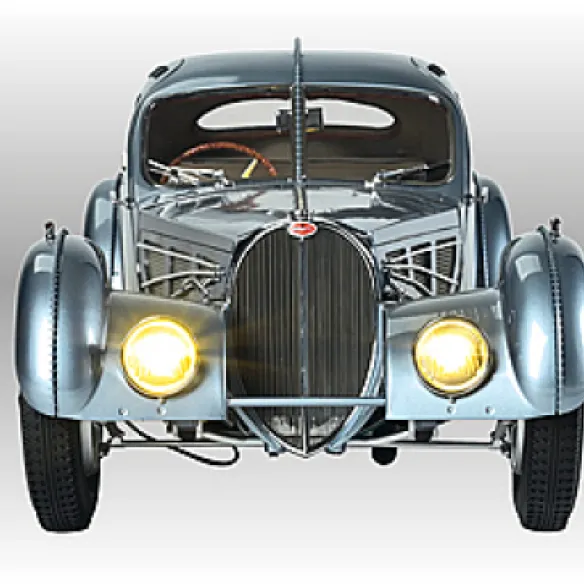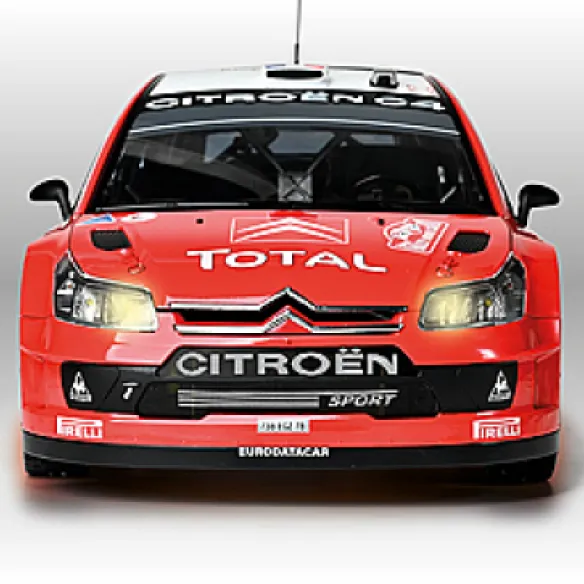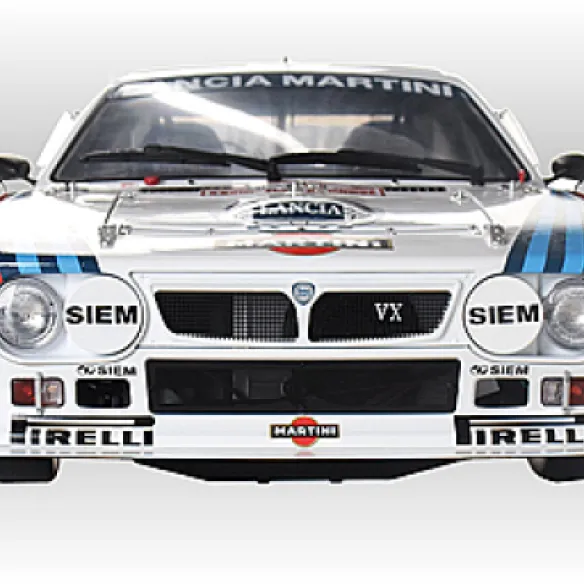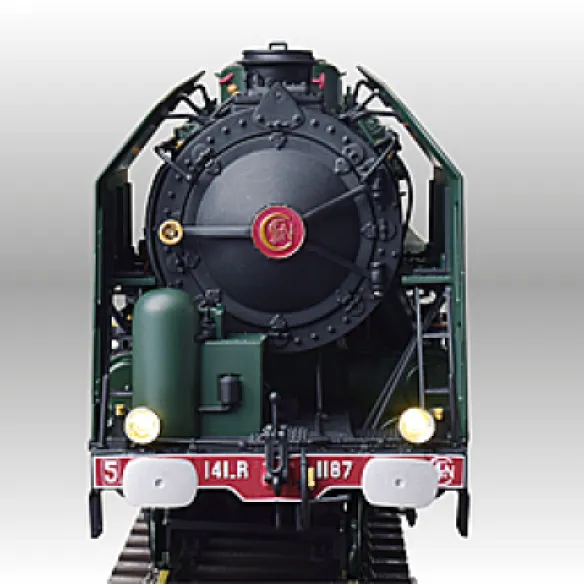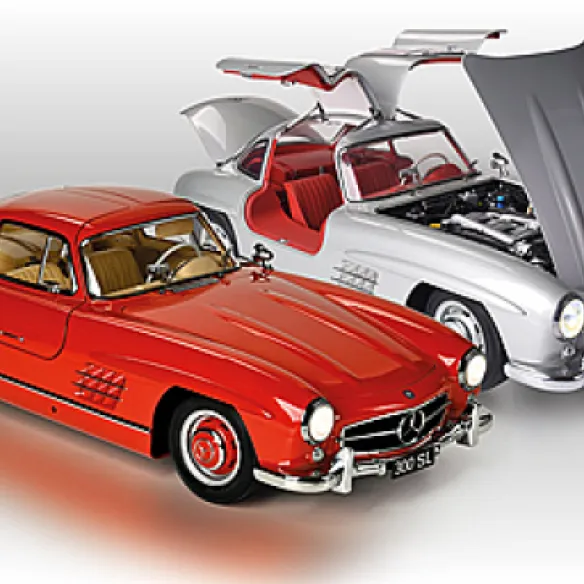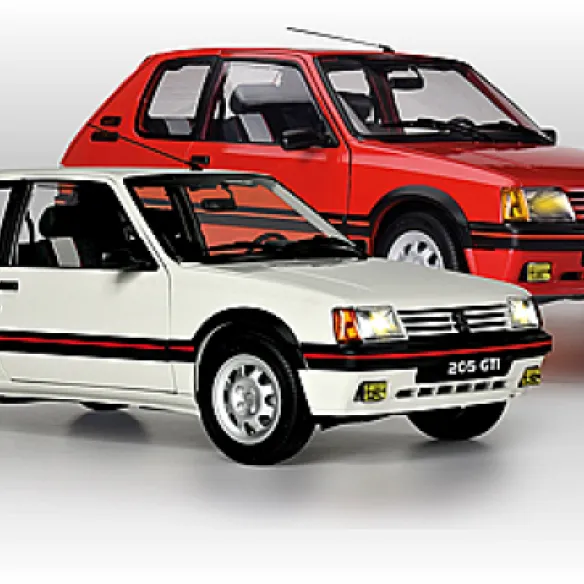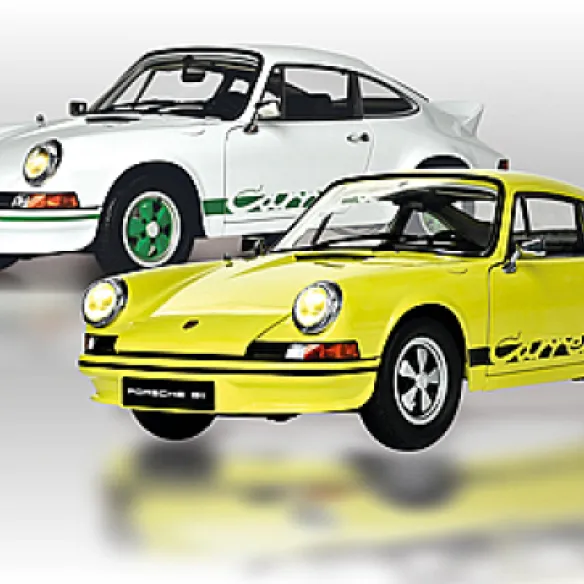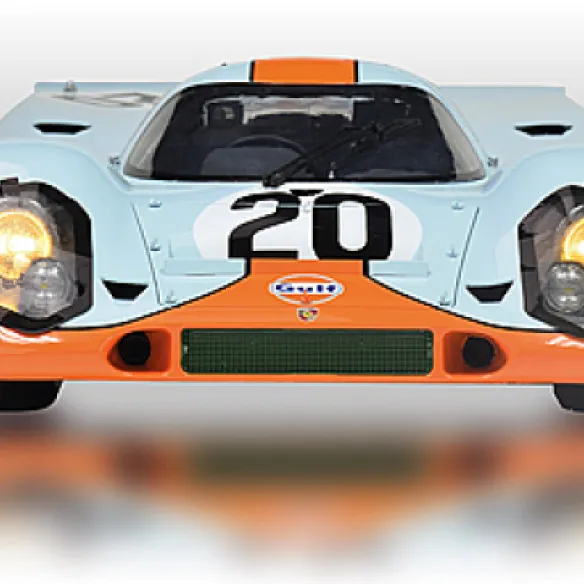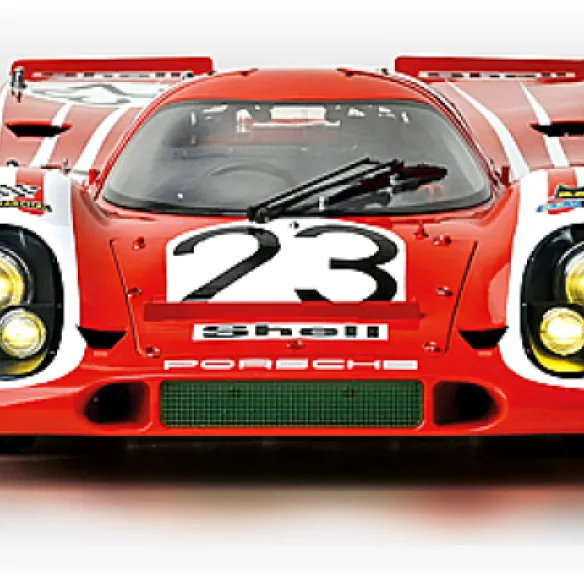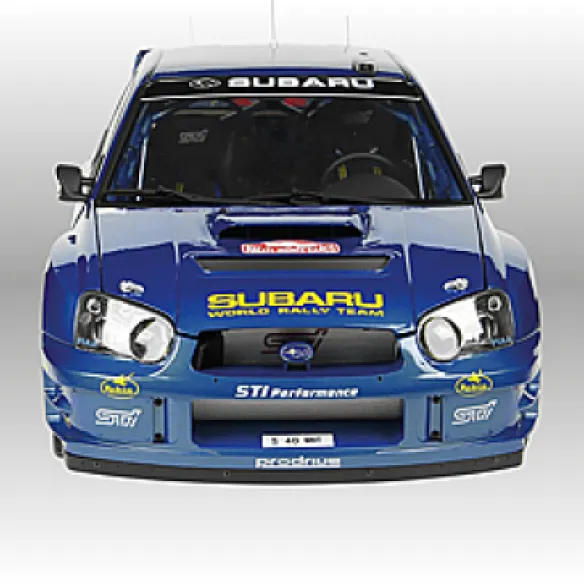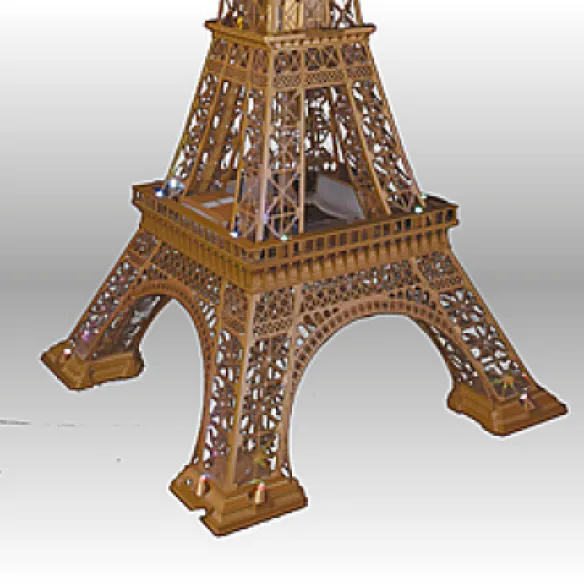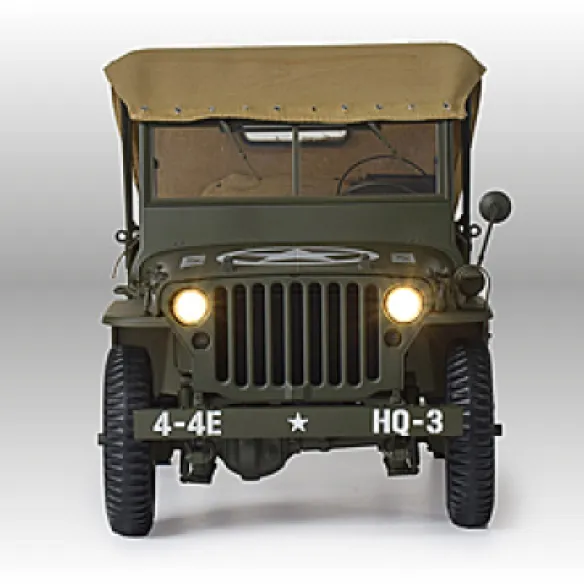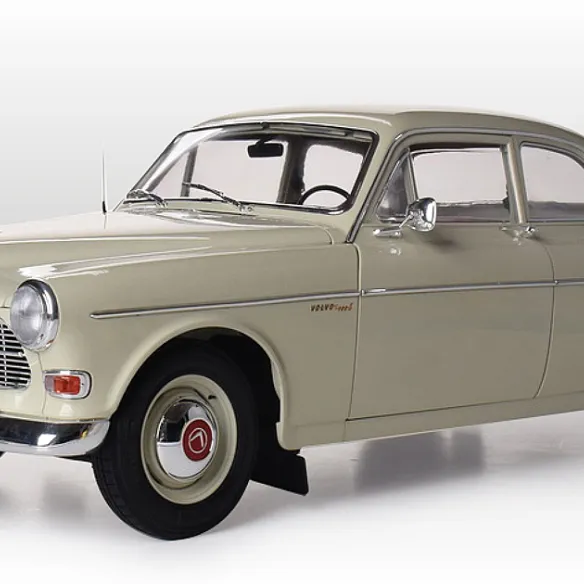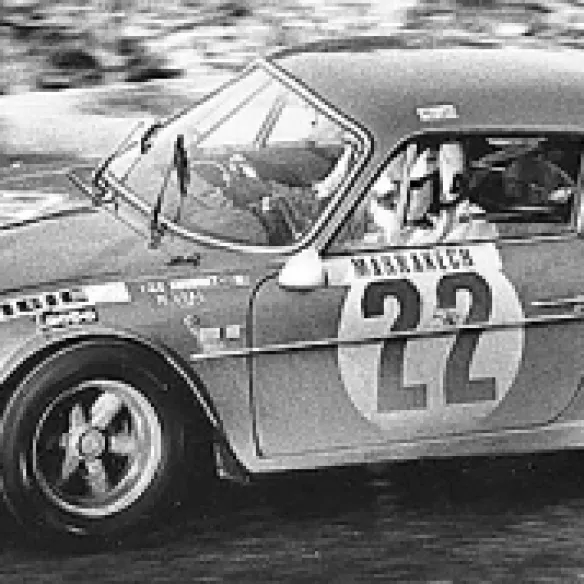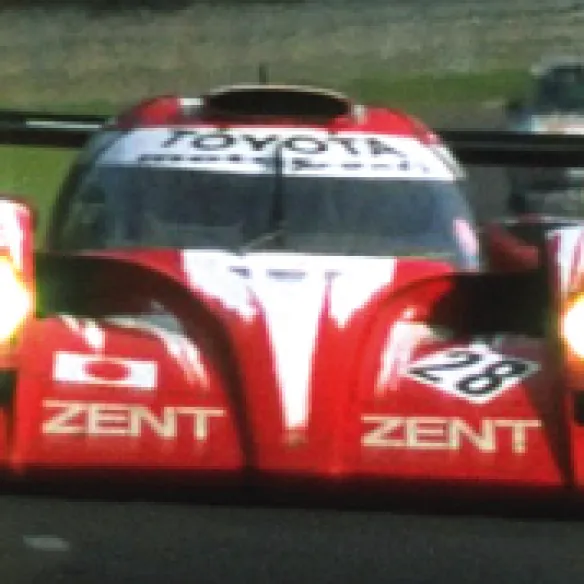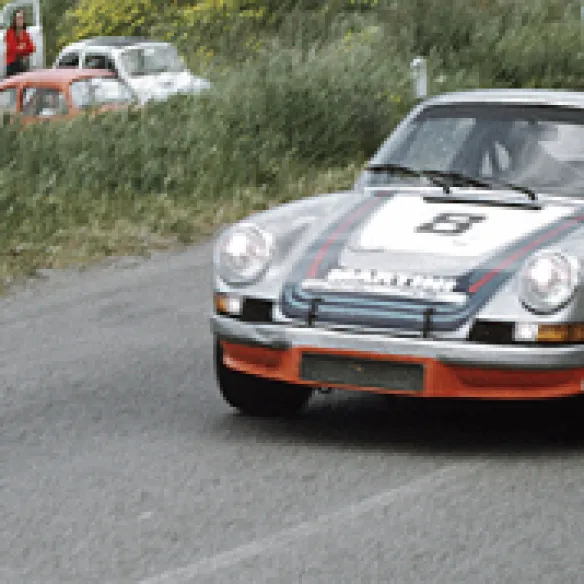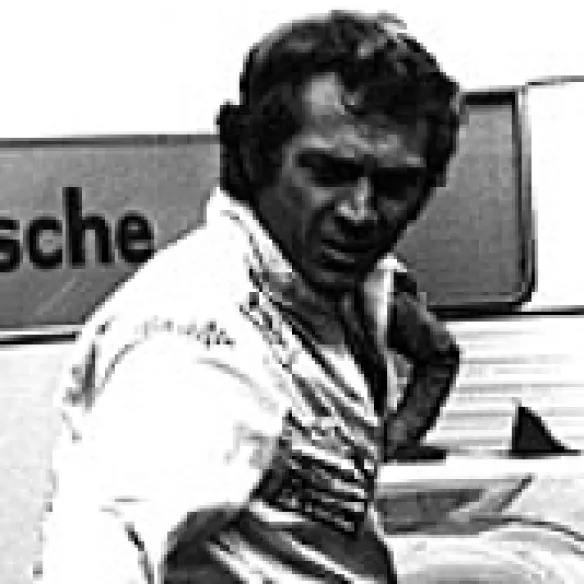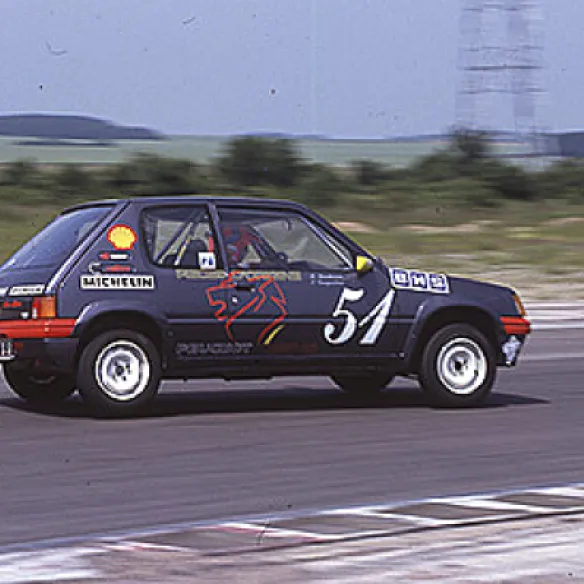
22/08/2022
ALPINE SINGLE-SEATERS
FROM PROMOTION TO HIGHLIGHTS
Author : Rédaction : Albert Lallement
Read moreFrom its inception, in parallel with the production of mass-produced sports models, the Alpine firm was involved in various categories of motor racing, from national promotion races to World Championship events. Its involvement in most single-seater disciplines led the small Dieppe-based manufacturer to the top of the Formula 1 World Championship as part of Renault's takeover of Alpine's racing activities in the mid 1970s.
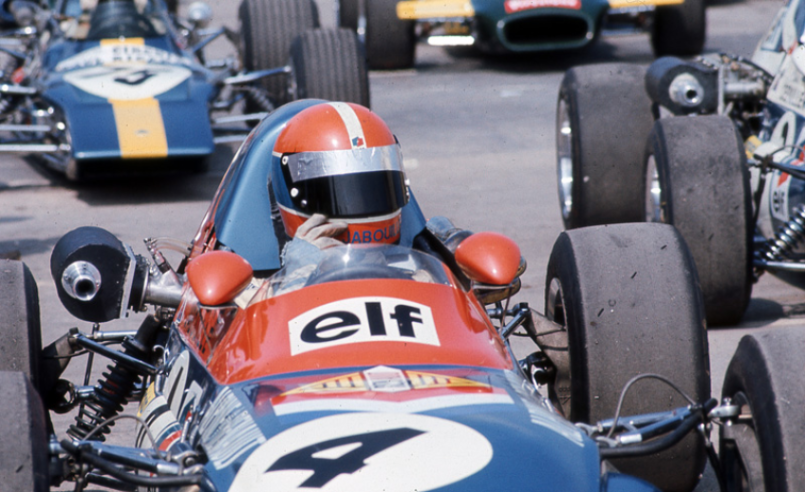
Jean-Pierre Jabouille's talents as a driver and tuner (pictured here in F3 at Le Castellet in 1971) would prove invaluable to Alpine in the early 1970s.© IXO Collections SAS - Tous droits réservés. Crédits photo © Renault D.R. / Archives et Collections
As a sensible constructor, Jean Rédélé realised that Alpine's recognition in competition had to be gained through single-seaters, the most popular discipline with the general public. Although immediately much more attracted to prototypes and rallies, he seized the opportunity that presented itself in 1963 with the project of the Fédération Internationale de l'Automobile to replace the neglected Formula Junior with a series of single-seaters, ranging from F3 to F1 through F2. At the same time, Renault commissioned Gordini to develop a competition engine based on that of the new R8. Single-seater racing was a demanding and highly competitive sport in which Alpine won several French championship titles and produced no fewer than 70 chassis for all disciplines between 1964 and 1973. During the same period, several major French racing drivers got behind the wheel of the blue single-seaters of the Dieppe-based brand.
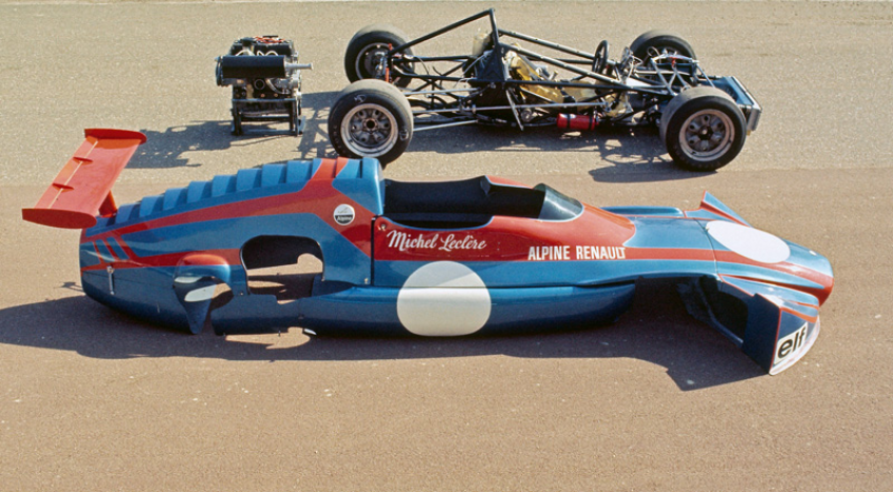
This view of the Alpine A perfectly illustrates the construction principle of the brand's single-seaters, with a tubular chassis and a body made of polyester and fibreglass. © IXO Collections SAS - Tous droits réservés. Crédits photo © Renault D.R. / Archives et Collections
Debut in F2 and F3
The very first Alpine single-seater, presented in March 1964, was designed by Richard Bouleau assisted by Ron Tauranac, the partner of Australian constructor Jack Brabham. The same P64 chassis competed in both F2 and F3. While results in F2 were mixed, Alpine with Henry Grandsire won the title in F3. The following year, these cars were left unchanged, while 1966 saw the introduction of the new F2 A270 and F3 A280, which enabled Roby Weber to finish 2nd in the F3 championship. For 1967, Alpine concentrated on F3 with the A330 chassis that allowed Patrick Depailler to win his first race at Montlhéry and finish 5th in the World Championship. After a bleak season in 1968, in which Alpine concentrated on Endurance and Rally, the A360 F3 allowed Jean-Pierre Jabouille to finish 3rd in the 1969 Championship. Alpine refrained from competing in F3 in 1970, but returned the following year with Patrick Depailler, crowned French champion. In 1972, the Alpine F3 A364s were entrusted to Michel Leclère and Alain Serpaggi who dominated the season, with Leclère winning the title. At the end of the final 1973 season, in which Serpaggi and Leclère finished 2nd and 3rd respectively in F3, Alpine retired from single-seaters to devote itself to its turbocharged V6 project, being installed in a laboratory-chassis Alpine A500.
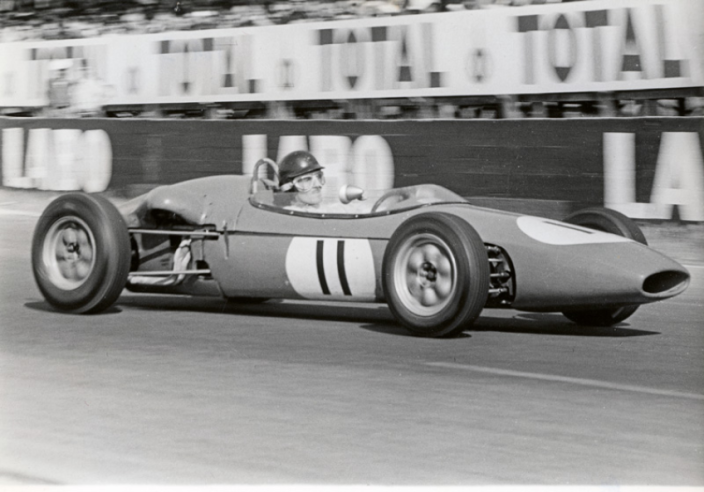
Featuring Lucien Bianchi in an Alpine P64 at the F3 event on the opening day of the 1964 Reims F1 Grand Prix, where he finished second. © IXO Collections SAS - Tous droits réservés. Crédits photo © Renault D.R. / Archives et Collections
Two titles in Formula Renault
In 1968, an Alpine competed for the first time in Formula France, that became Formula Renault in 1971. At the conclusion of the season, the best placed Alpine A340 was that of Gérard Larrousse (6th). At the time, Formula France was dominated by GRAC and Elina chassis, but the Dieppe-based constructor gradually began to make its mark thanks to drivers like François Migault, Christian Ethuin and Alain Serpaggi. The latter gave Alpine its first victory at the Critérium, in 1969 at Charade. The following year, Michel Leclère and Alain Serpaggi won three times with their A340B and Serpaggi finished third in the Championship. In 1971, Leclère and Serpaggi finished 1st and 2nd respectively in the new Formula Renault Criterium with the A361. This success made Alpine start the 1972 season with confidence, even though it had to fight neck-and-neck with Martini throughout the National Criterium and the newly created European Challenge events. Alain Cudini and Jacques Coche finished 2nd and 3rd in the Critérium national with their A366 prepared by Roland Trollé, while Cudini won the European Challenge as compensation. The following season was equally exciting between Patrick Tambay's Alpine (6 wins) and René Arnoux's Martini (7 wins). Both finished equal on 167 points, but the title was eventually awarded to Arnoux based on victories.
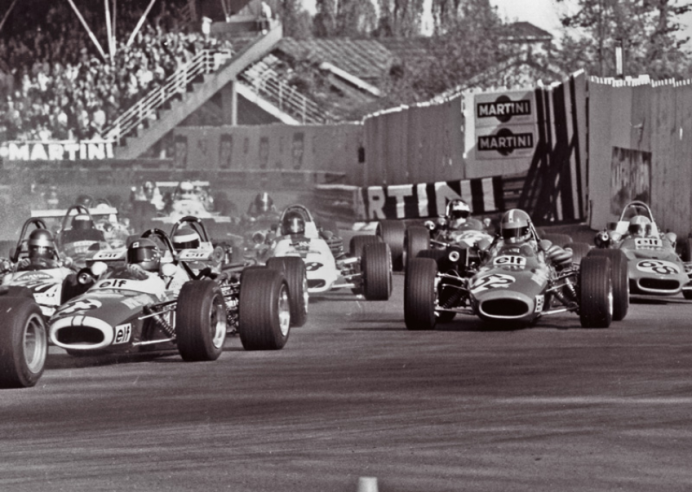
Alpine was a serious contender in the various categories in which it competed, such as here in Formula 3. On the right (N° 52) one recognises Jean-Pierre Jabouille in the A360 in 1971 © IXO Collections SAS - Tous droits réservés. Crédits photo © Renault D.R. / Archives et Collections
Bernard Dudot
Bernard Dudot, born on 30 January 1939 in Nancy, graduated from the Centre d'Études Supérieures de Techniques Industrielles in Nancy in 1965. He was hired by Alpine in 1967, where he was responsible for developing the F3 engines. Rapid success followed and in 1971 Patrick Depailler won the French Championship. At that time, Renault, which had acquired a share in Alpine, wanted to reorganise its racing department in collaboration with the Dieppe-based brand. A new structure was set up in Viry-Châtillon, where Dudot was responsible for engines, André de Cortanze for chassis and Marcel Hubert for aerodynamics. The idea was to promote French technology through competition, following the example of Matra. In 1972, Bernard Dudot was sent to the United States to study supercharging, a technique Renault wanted to apply to its racing engines. The following year, as part of the team led by François Castaing, Dudot designed a V6 turbo engine for F2 and Sports Prototypes, assisted by Jean-Pierre Boudy.
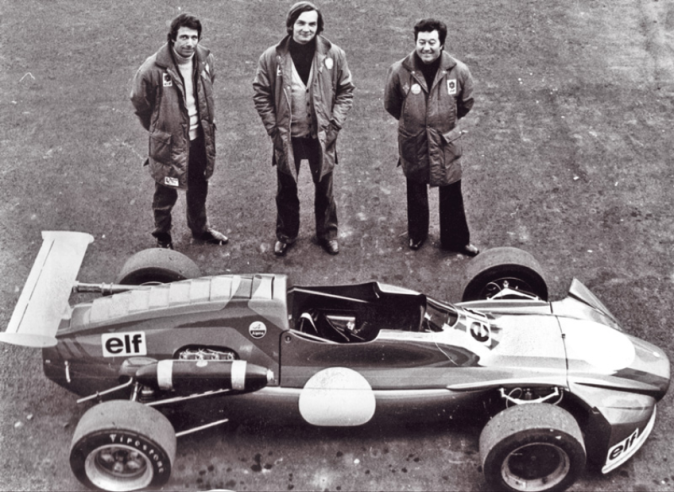
From left to right, Bernard Dudot, André de Cortanze and Marcel Hubert, the three engineers who developed the Alpine A364 Formula 3 car that won the 1971 and 1972 French Championship.© IXO Collections SAS - Tous droits réservés. Crédits photo © Renault D.R. / Archives et Collections
F1 laboratory
A year before the official launch of the Renault RS 01 Turbo at the British Grand Prix on 16 July 1977, a curious black-clad single-seater discreetly faced its first tests: the Alpine A 500, the foundation stone in Renault Sport's fabulous adventure in Formula 1. Within a few months, this ghostly "laboratory" chassis changed names and colours. Alpine's competition division was eliminated and its engineers were incorporated into Renault Sport's new structure. On 21 November 1975, the V6 turbo developed for the A442 was tested in a hybrid single-seat F2-F1 chassis that was specially ordered by Jean Terramorsi from Alpine engineer André de Cortanze. This chassis, called A500, was not far from what should have been the future Alpine F2 car. The first run took place on 20 March 1976 at Michelin's private test track in Ladoux. The manufacturer's innovation was to equip the A500 with radial tyres, soon to become the benchmark in F1, as well as turbocharging.
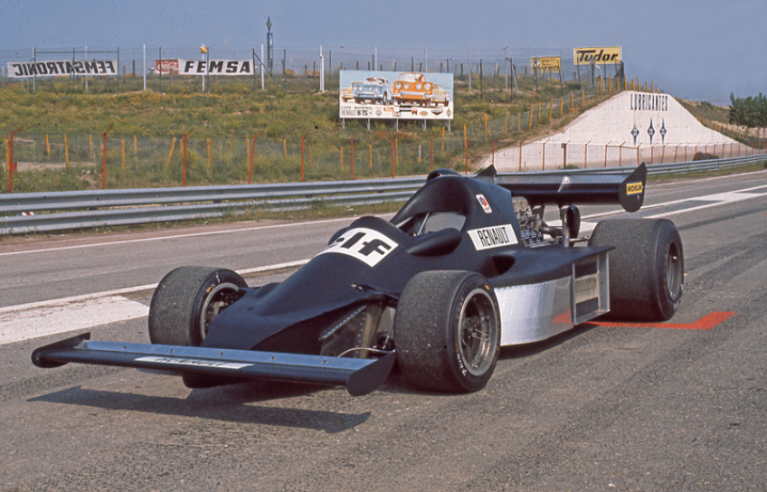
During the first tests of the Alpine A500 in May 1976, Renault was still evasively calling it a "chassis designed to be fitted with a V6 engine"... © IXO Collections SAS - Tous droits réservés. Crédits photo © Renault D.R. / Archives et Collections
A single chassis for two formulas
In 1972, Alpine presented both the A364 for Formula F3 and the A366 for Formula Renault. The two chassis were identical, only the engine and polyester bodywork details distinguished one from the other. The unusual shape of the bonnet, in a stepped configuration, led to the nickname "dinosaur". This single-seater was the work of engineers Marcel Hubert, André de Cortanze and Alain Dudot. The multi-tube chassis was made of steel treated with chromium molybdenum. The suspension consists of superimposed triangles at the front and inverted triangles linked to push rods at the rear. Adjustable coil springs and telescopic shock absorbers completed the package. The disc brakes were from the Renault 16 TS. The A366's 1,565cc engine was derived from the Type 807 engine used in the Renault 12 Gordini. Power developed 130 hp at 5,500 rpm. The block and cylinder head were made of aluminium. The 5-speed synchronised gearbox was also of Renault make.
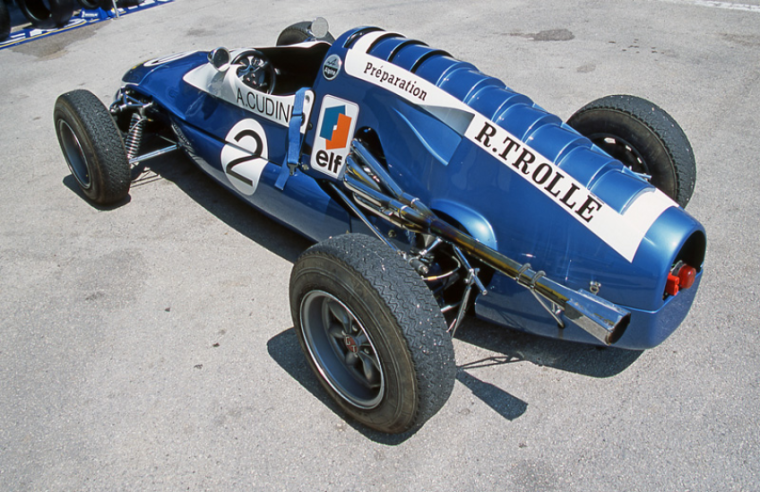
Alpine dominated the Formula Renault in 1972. Shown here is Alain Cudini's A366, winner of the European Challenge in this discipline. © IXO Collections SAS - Tous droits réservés. Crédits photo © Renault D.R. / Archives et Collections
Head and legs
Jean-Pierre Jabouille played an important role in Renault's entry into Formula 1, due to his involvement in the development of the various prototypes that led to the RS 01. He was recruited by Alpine as a factory driver in 1969 and helped design the chassis of the Eleven 2 single-seater that competed in Formula 2 with Jean-Claude Guénard from 1972. With this car, he won the French and European F2 titles in 1976. When Renault started experimenting with its Formula 1 chassis equipped with the V6 Turbo, Jabouille was logically asked to make his contribution. During his five years at Renault until 1980, his role went far beyond that of a simple driver. He became an important technical team member and his contribution to the development of the various prototypes was invaluable. The man nicknamed "The Tall Blond Guy" was involved in every phase of the success of the Renault Turbo in F1, from its first race at Silverstone in 1977 to its first victory at the French Grand Prix in Dijon in 1979.
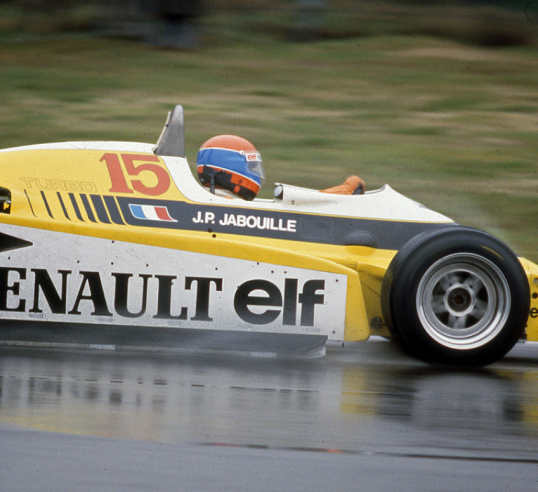
Jean-Pierre Jabouille always invested a lot of technical effort in the cars he was trusted with, like here with the 1980 Renault RE20 single-seater. © IXO Collections SAS - Tous droits réservés. Crédits photo © Renault D.R. / Archives et Collections
Recent articles
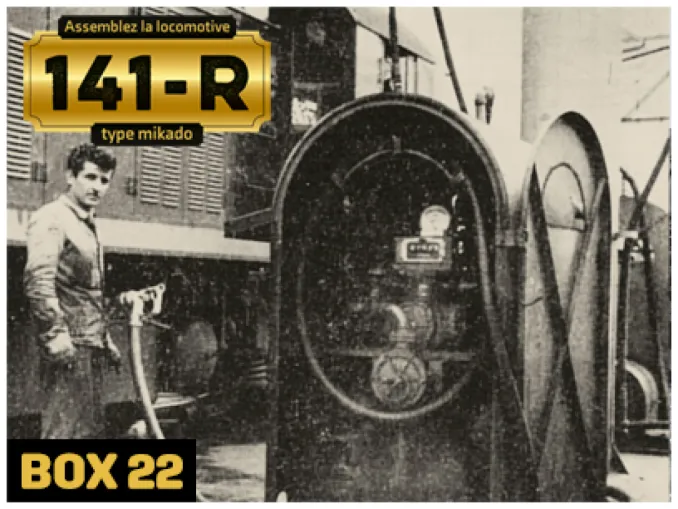
24/06/2025
The 141-R, late queens of petrol
With the 141-R, the reign of coal in France suddenly declined.
Read more
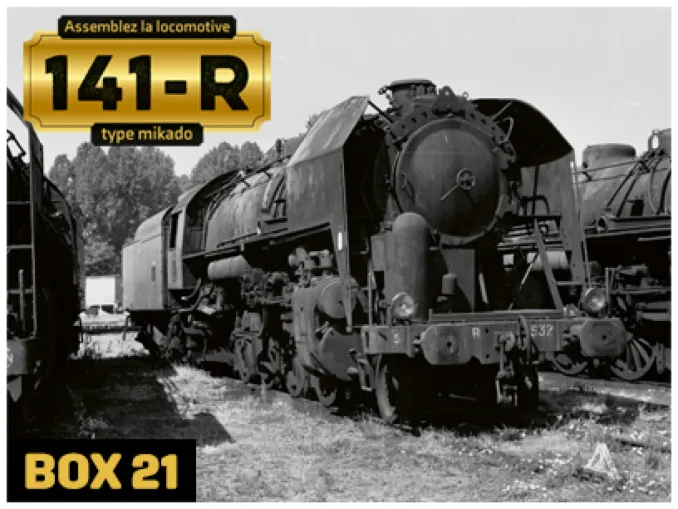
24/06/2025
The 141-R, the arrival of the second tranche
The 141-R-701 to 1340 locomotives make up the second tranche, delivered from 15 August 1946, while those in the first tranche are still being delivered.
Read more
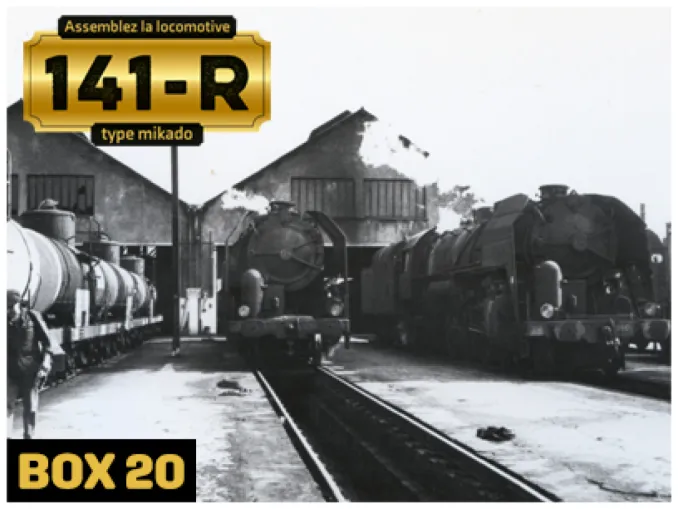
24/06/2025
THE 141-R CHANGED THE ROLE OF STAFF
These powerful, robust locomotives, imported from the United States after the Second World War, radically transformed the role of the staff at SNCF depots in terms of rail transport in France.
Read more


 English
English français
français Deutsch
Deutsch español
español italiano
italiano português
português